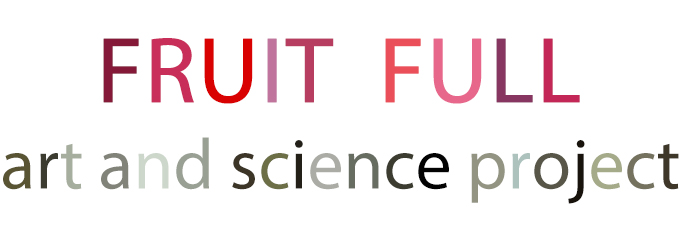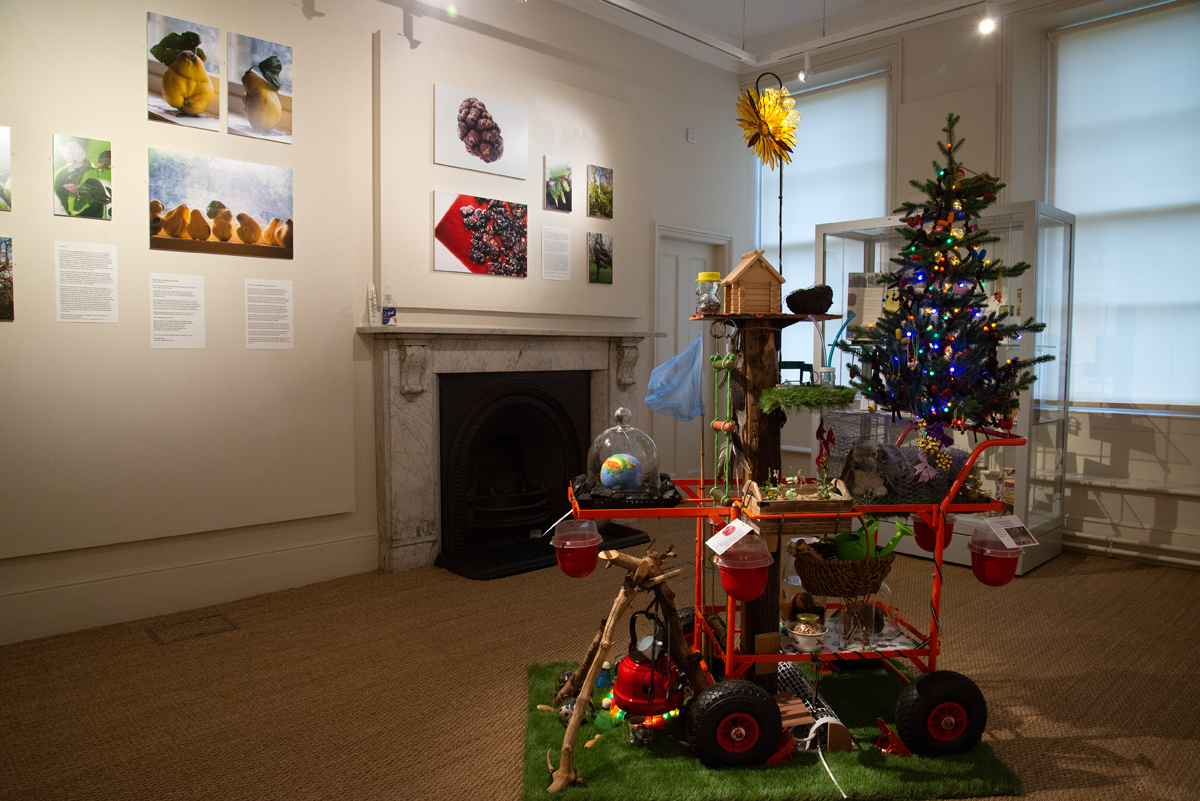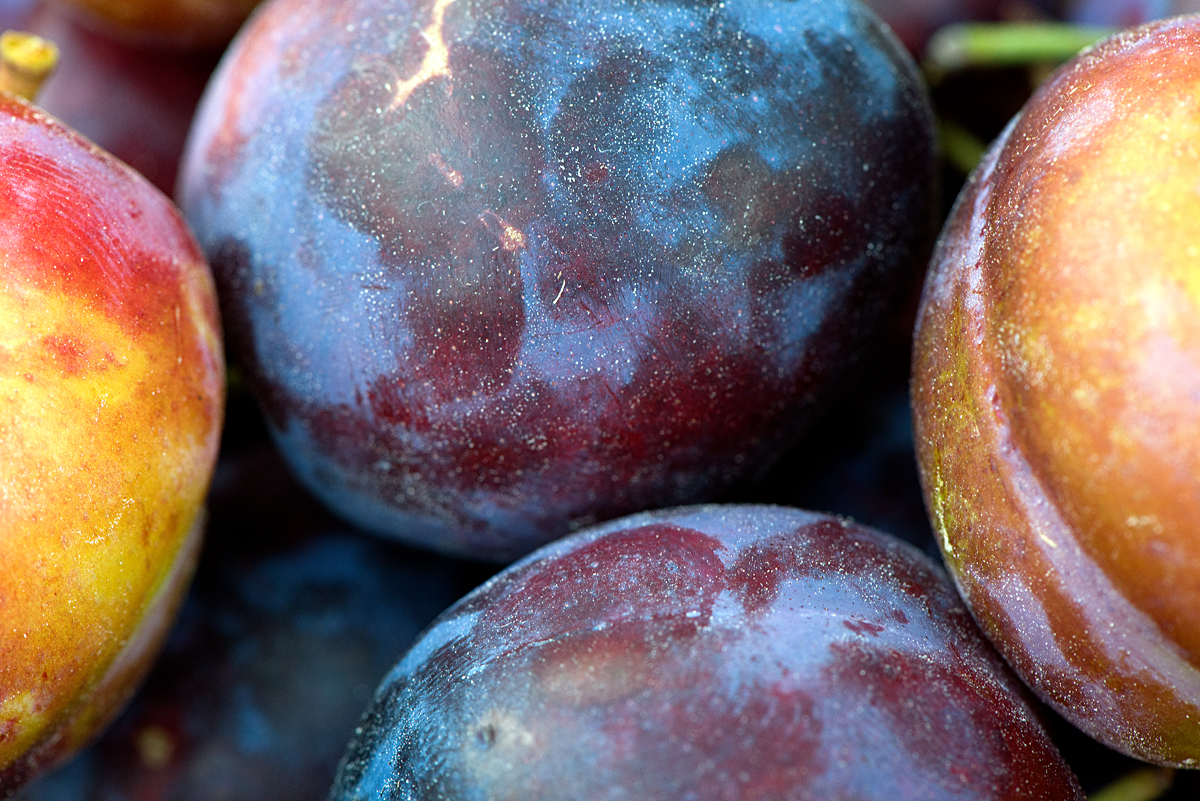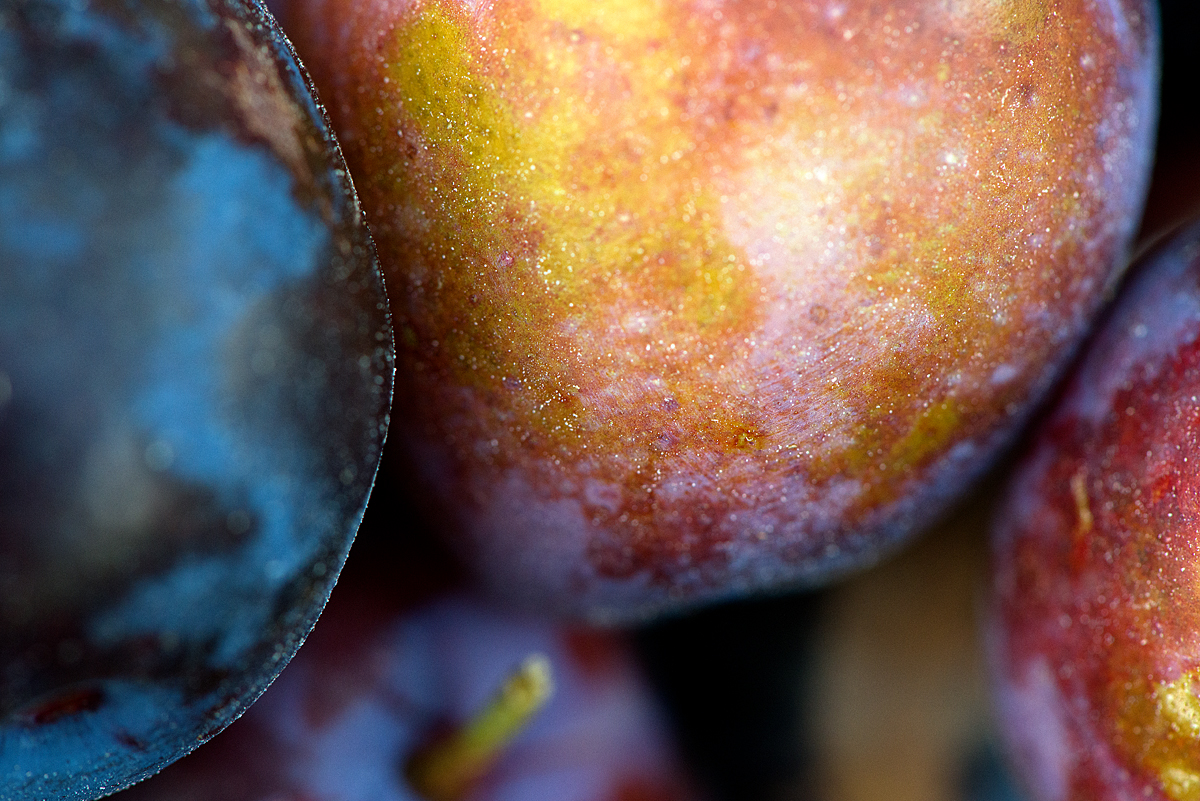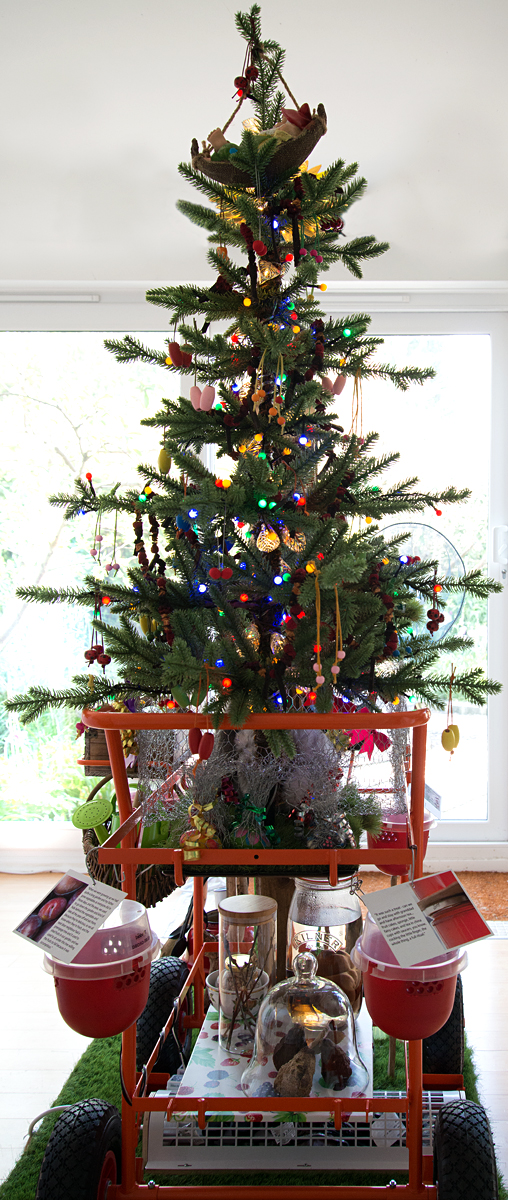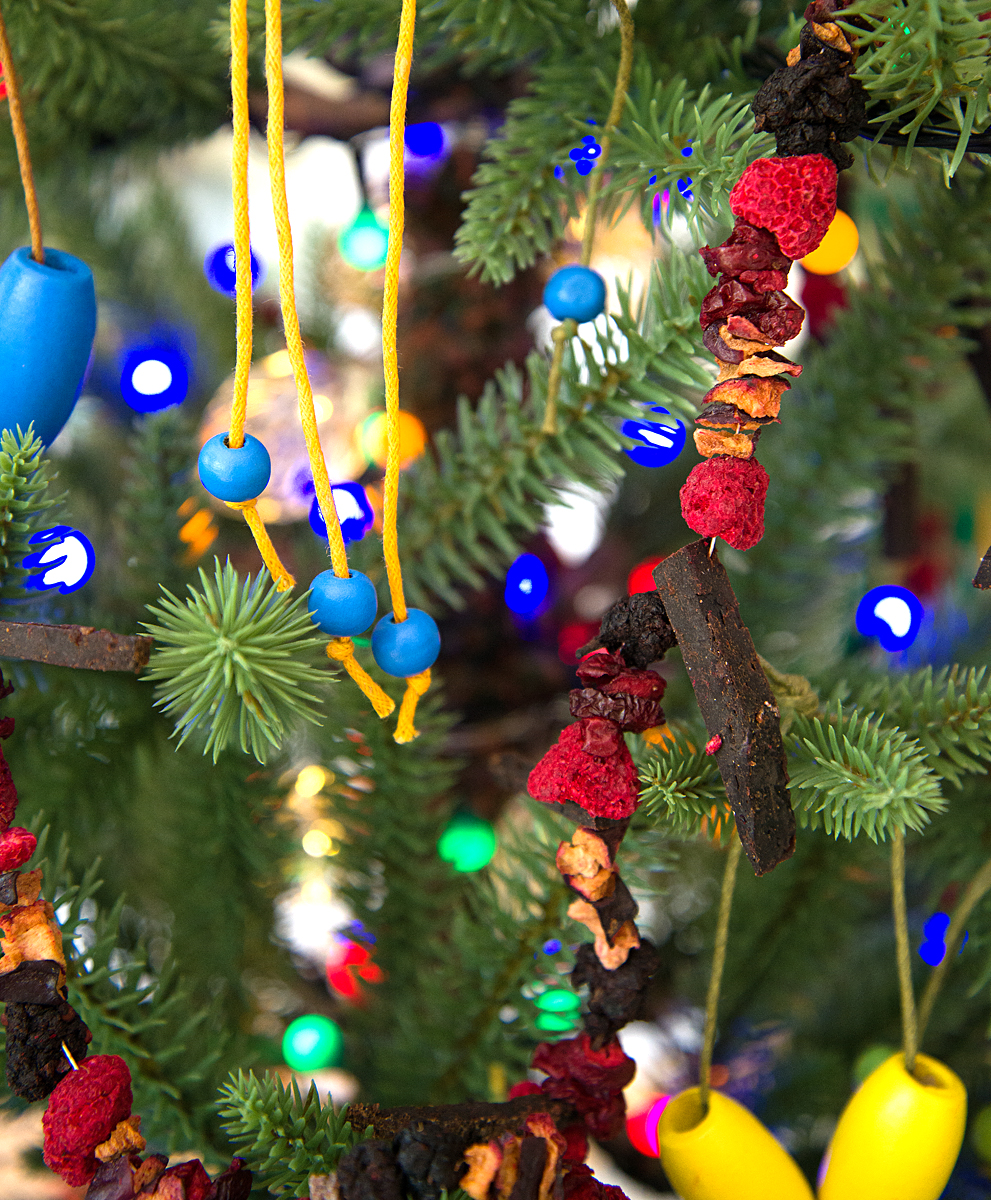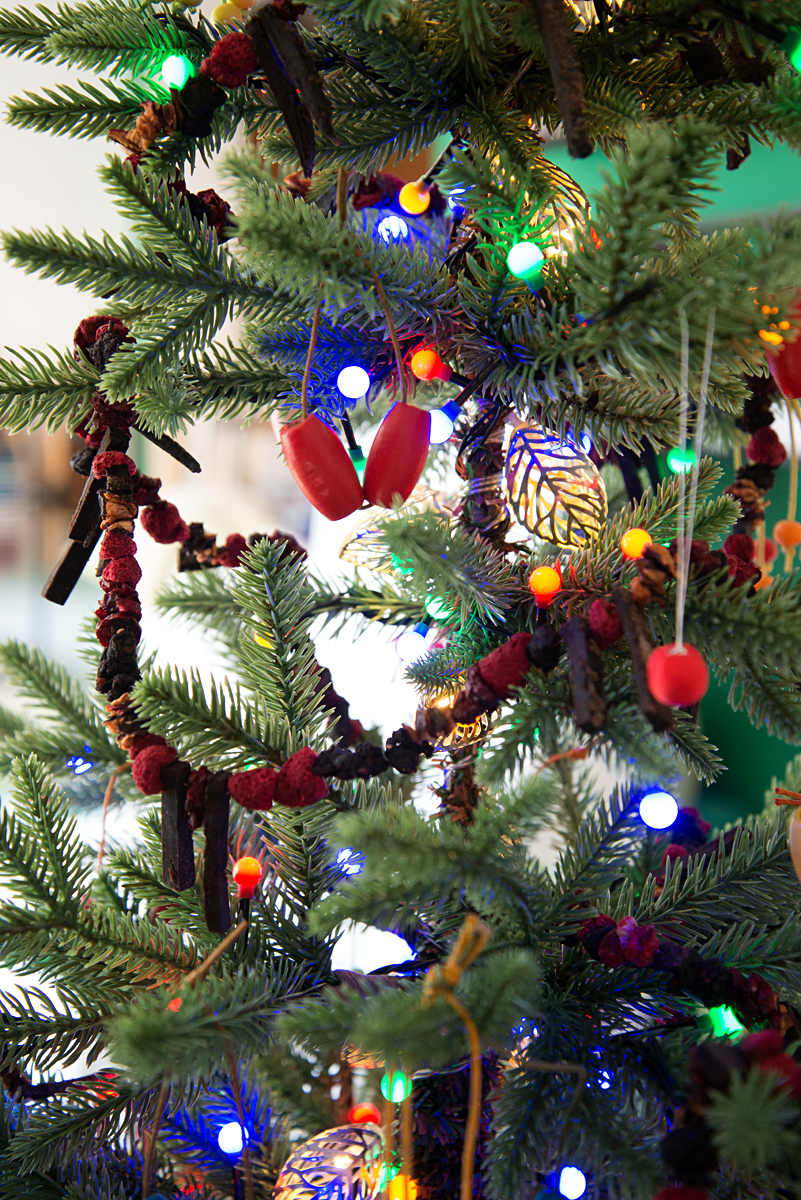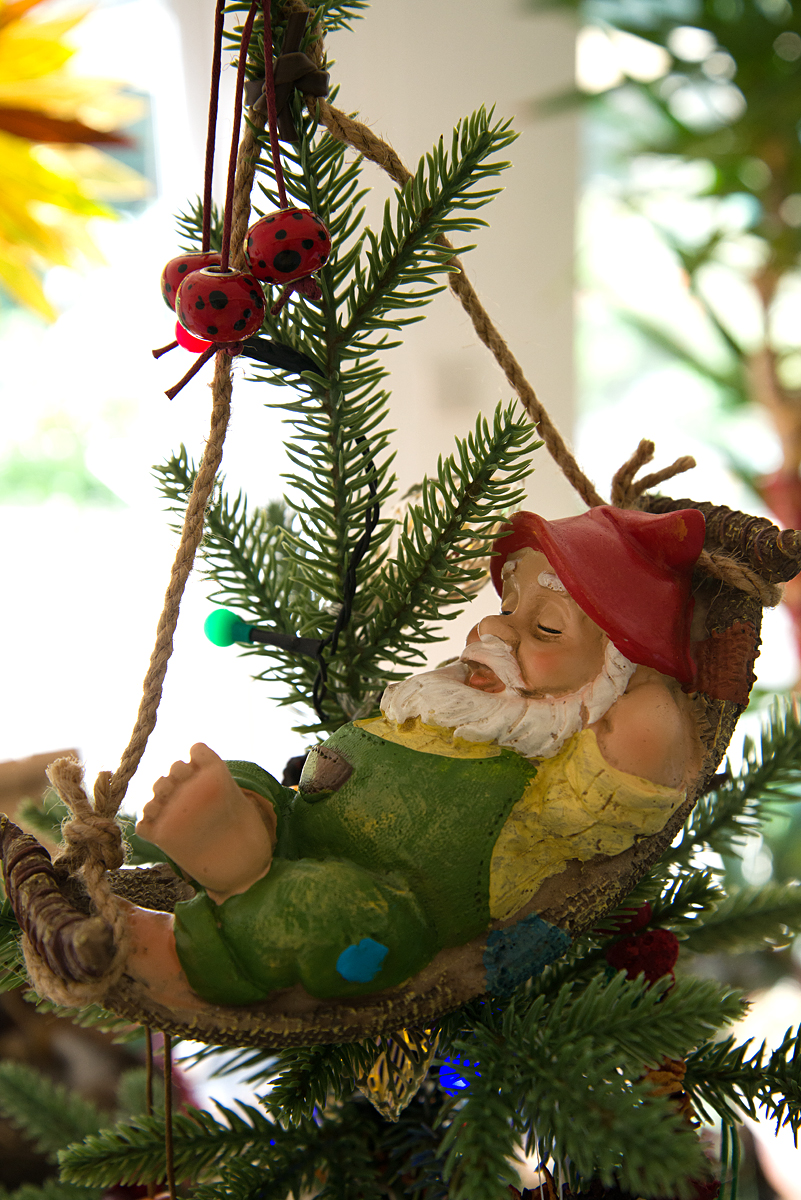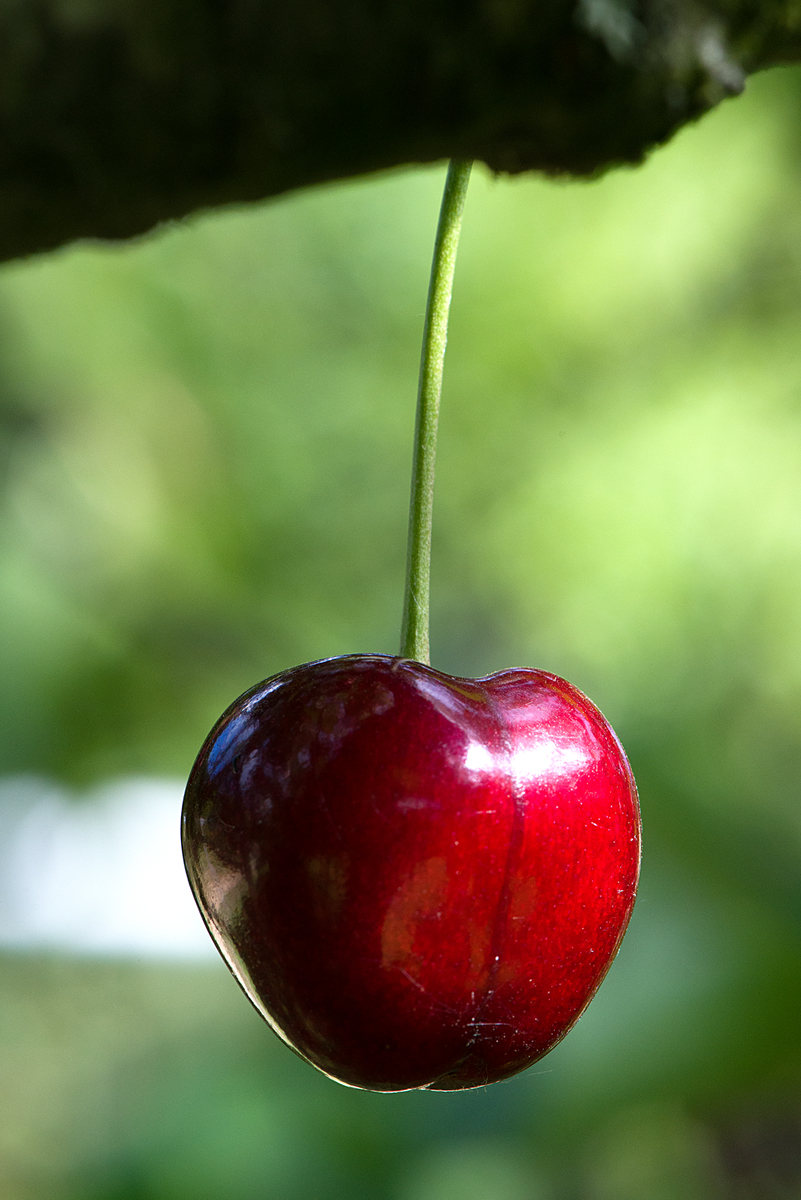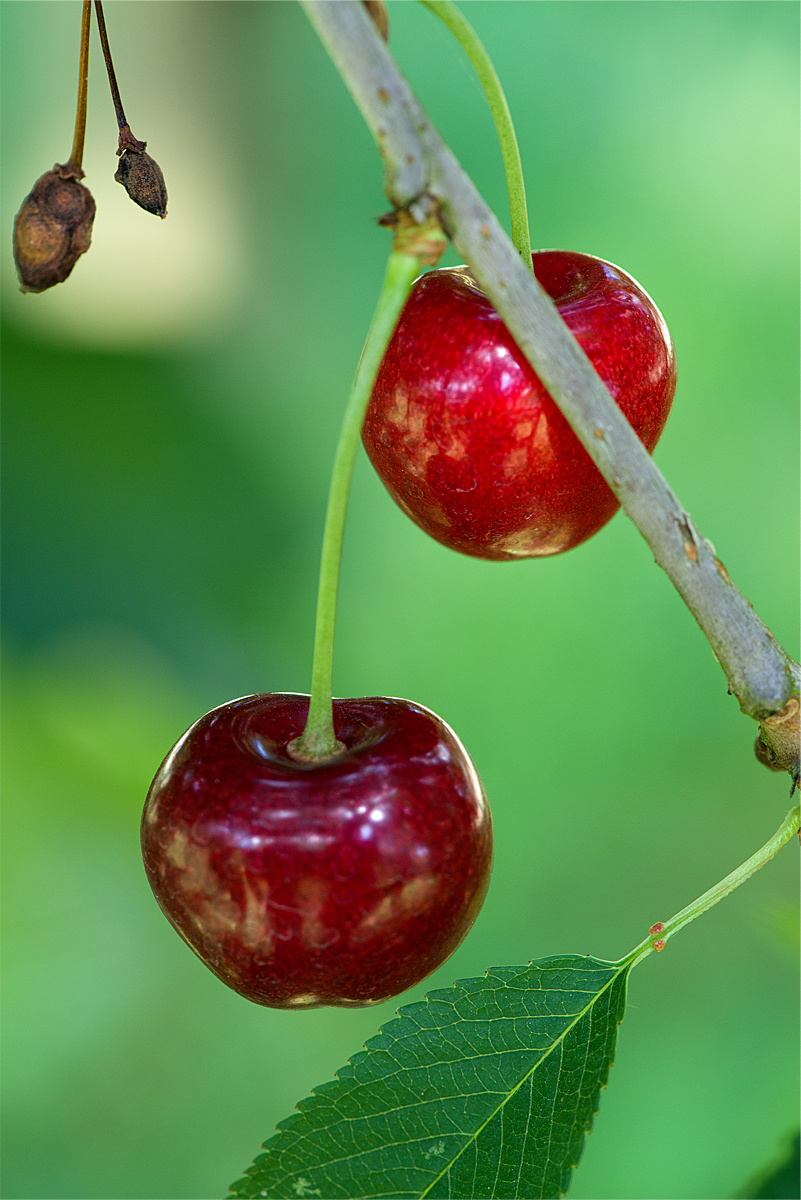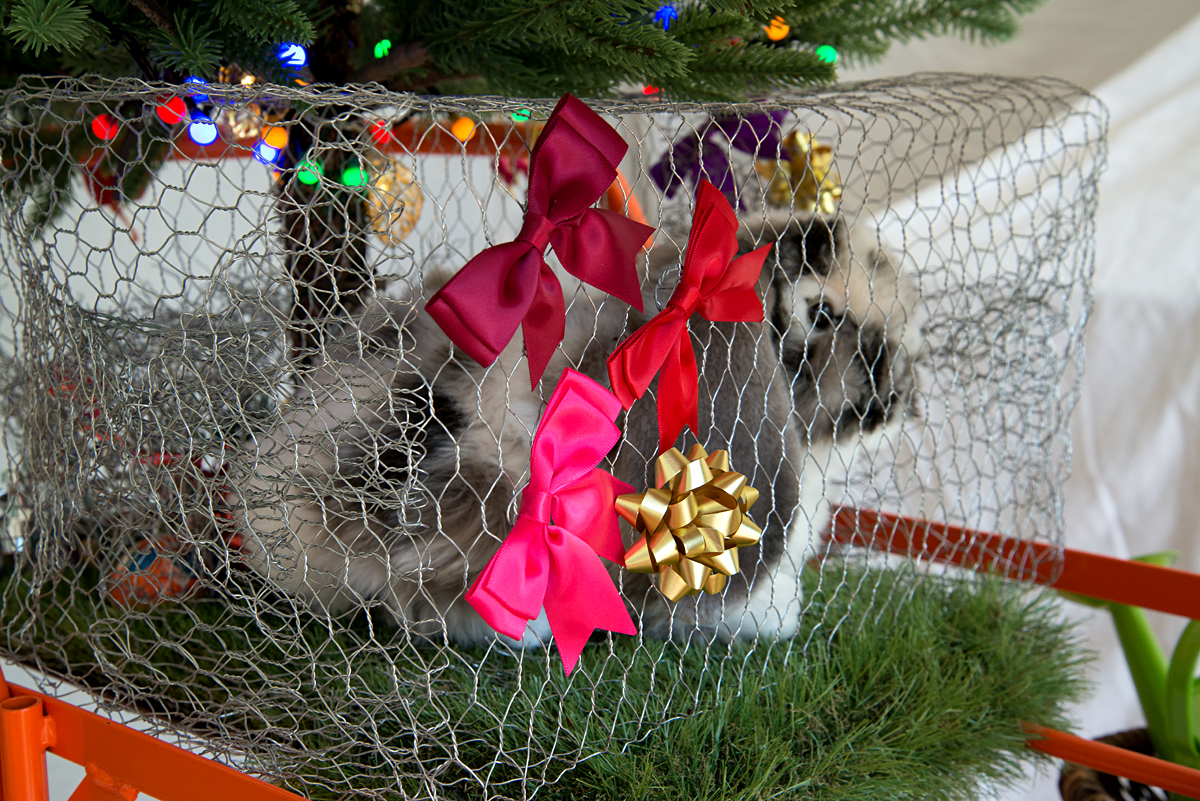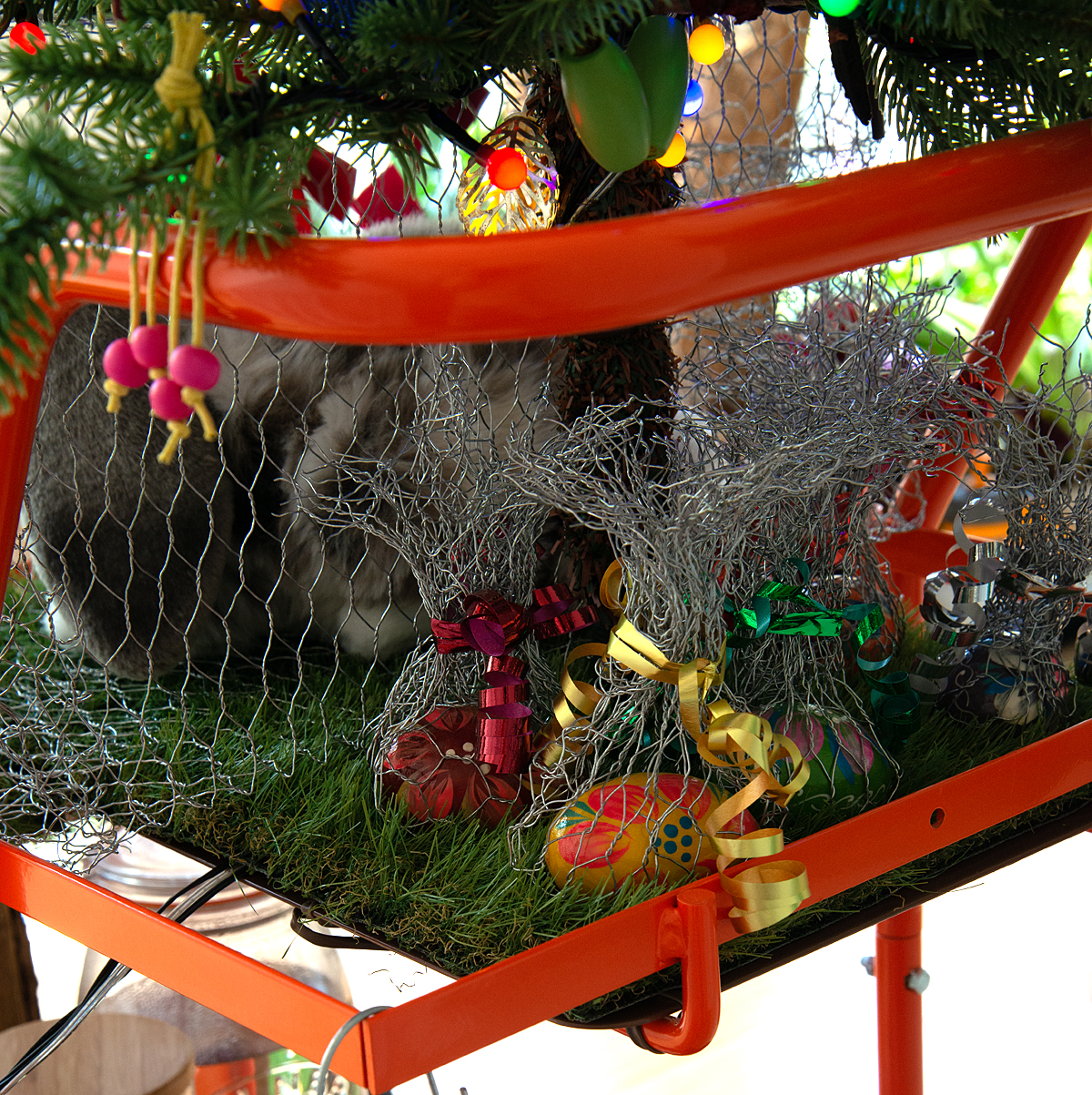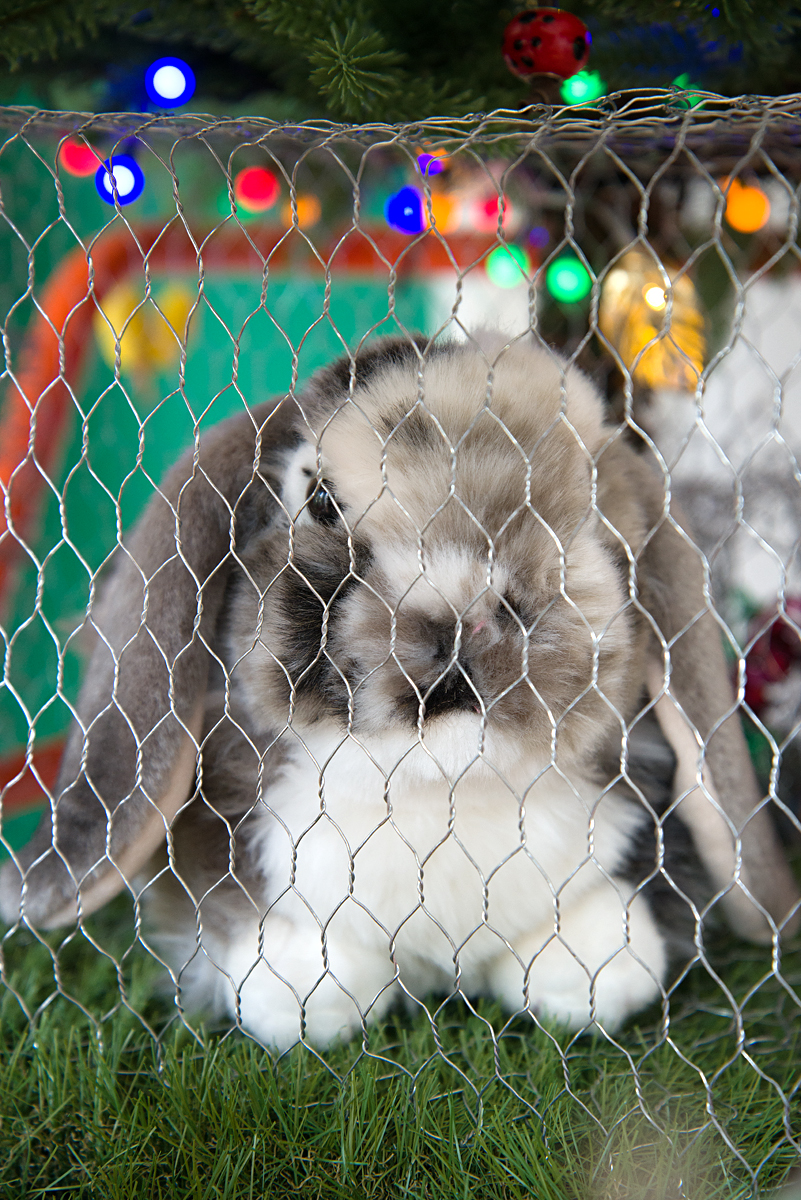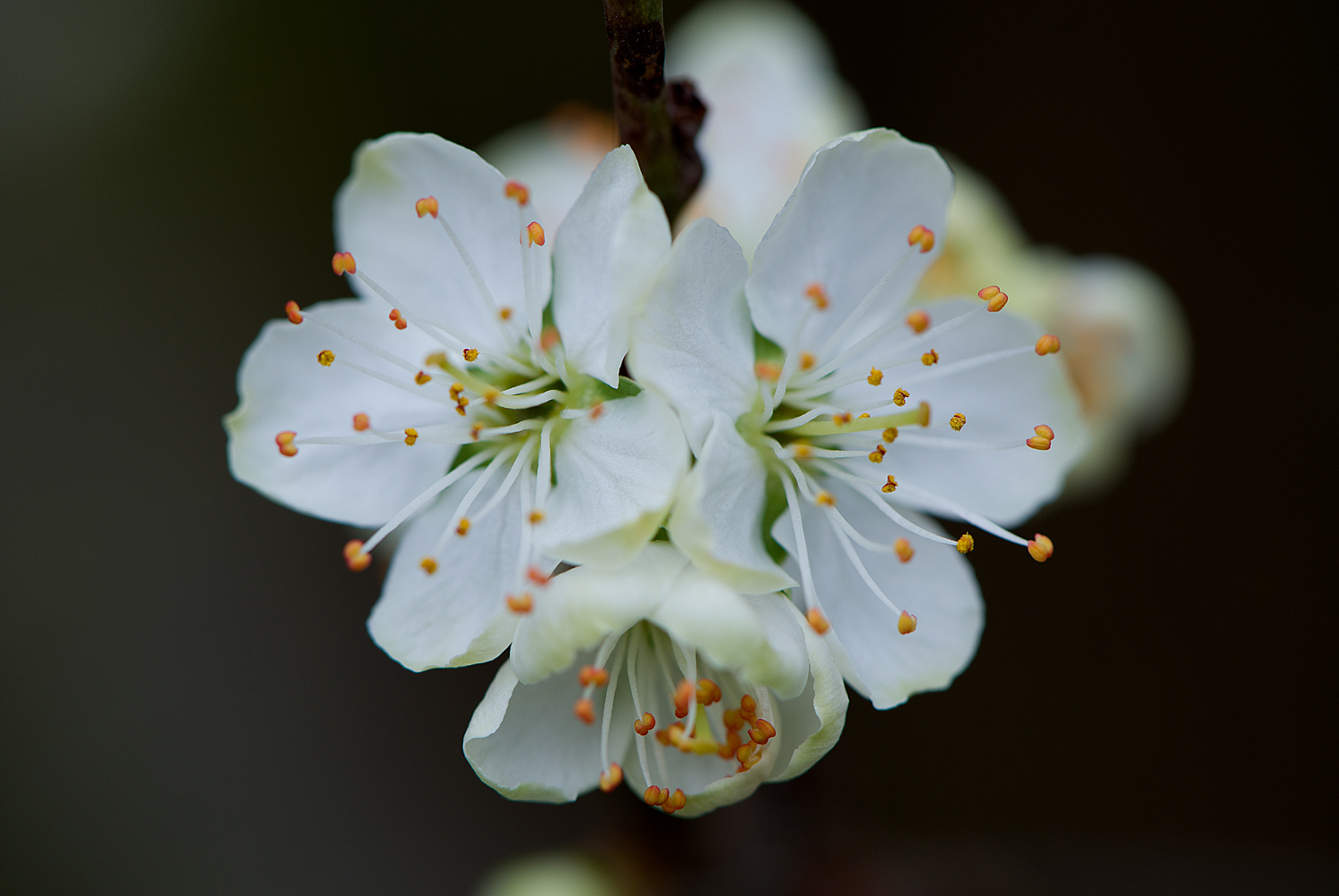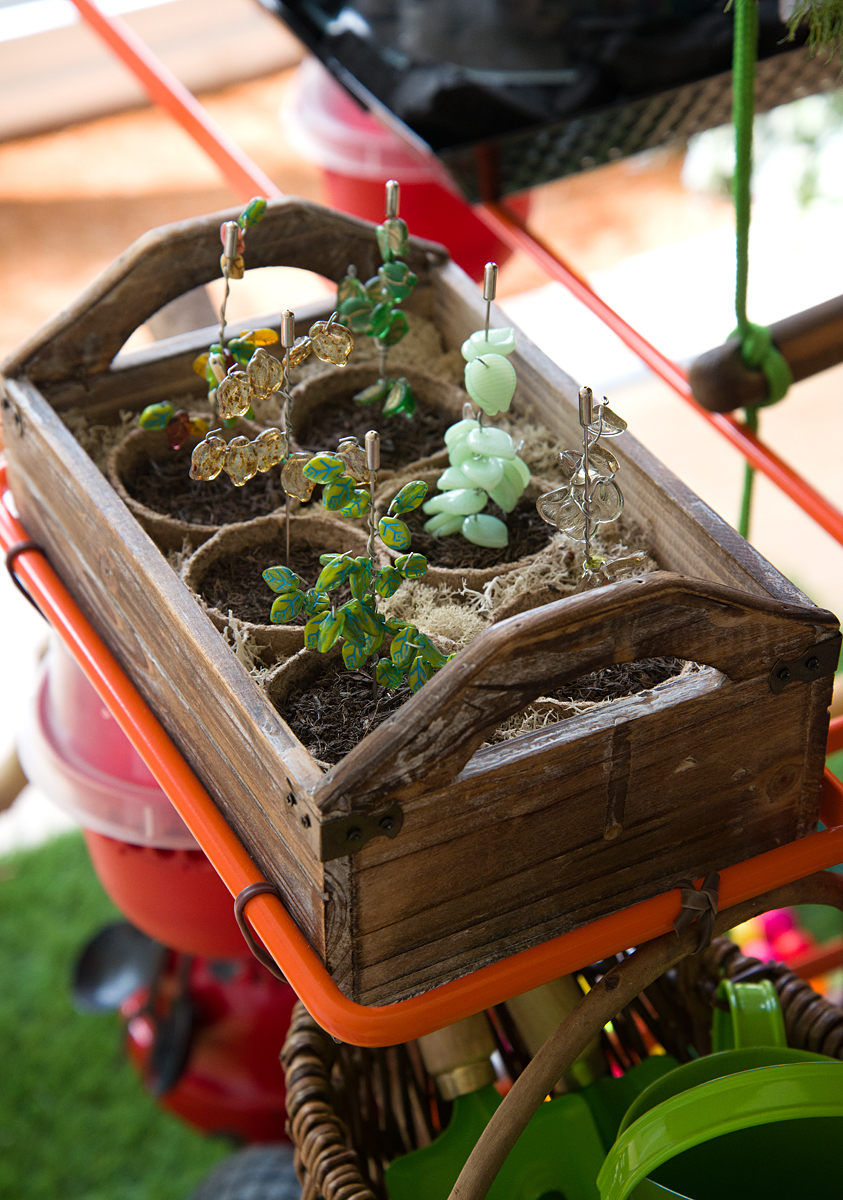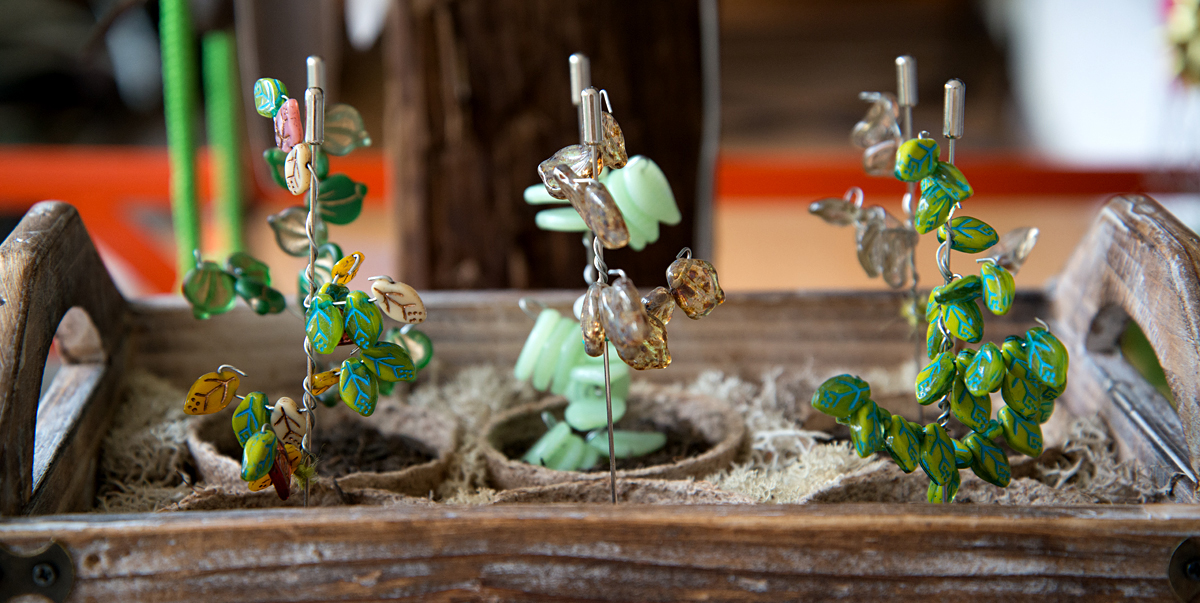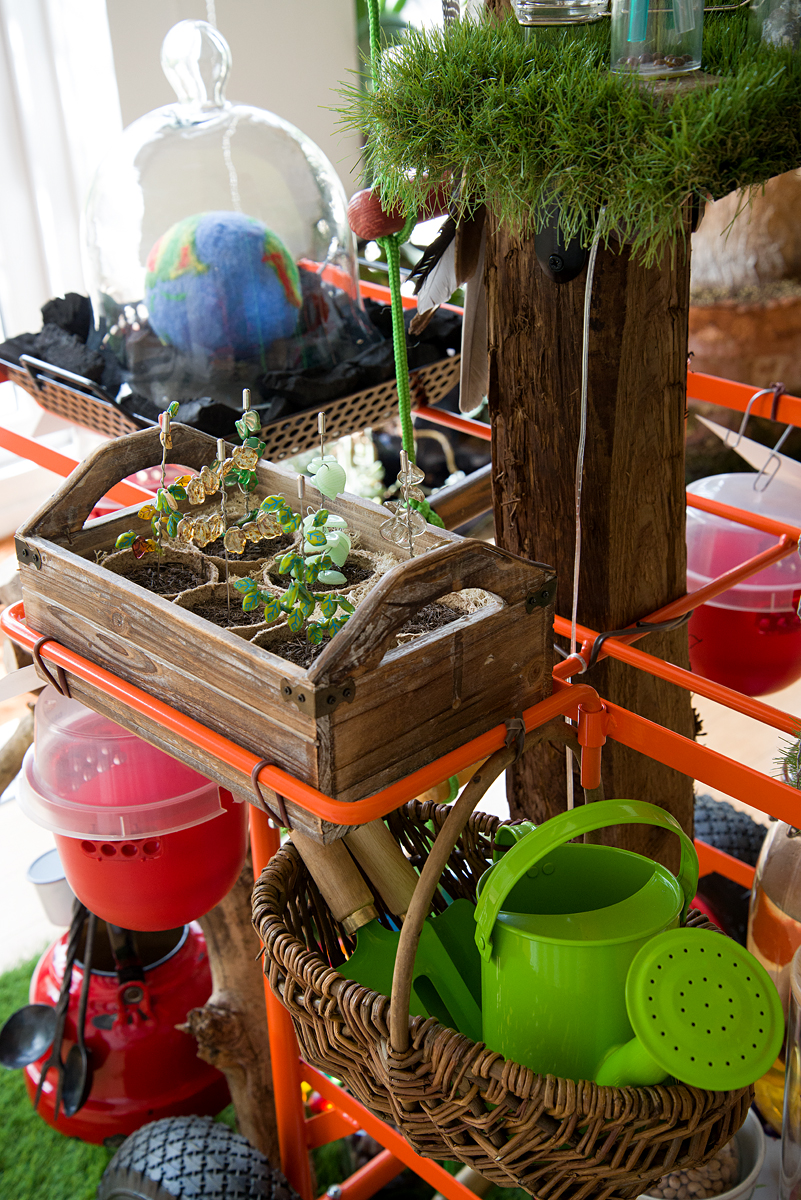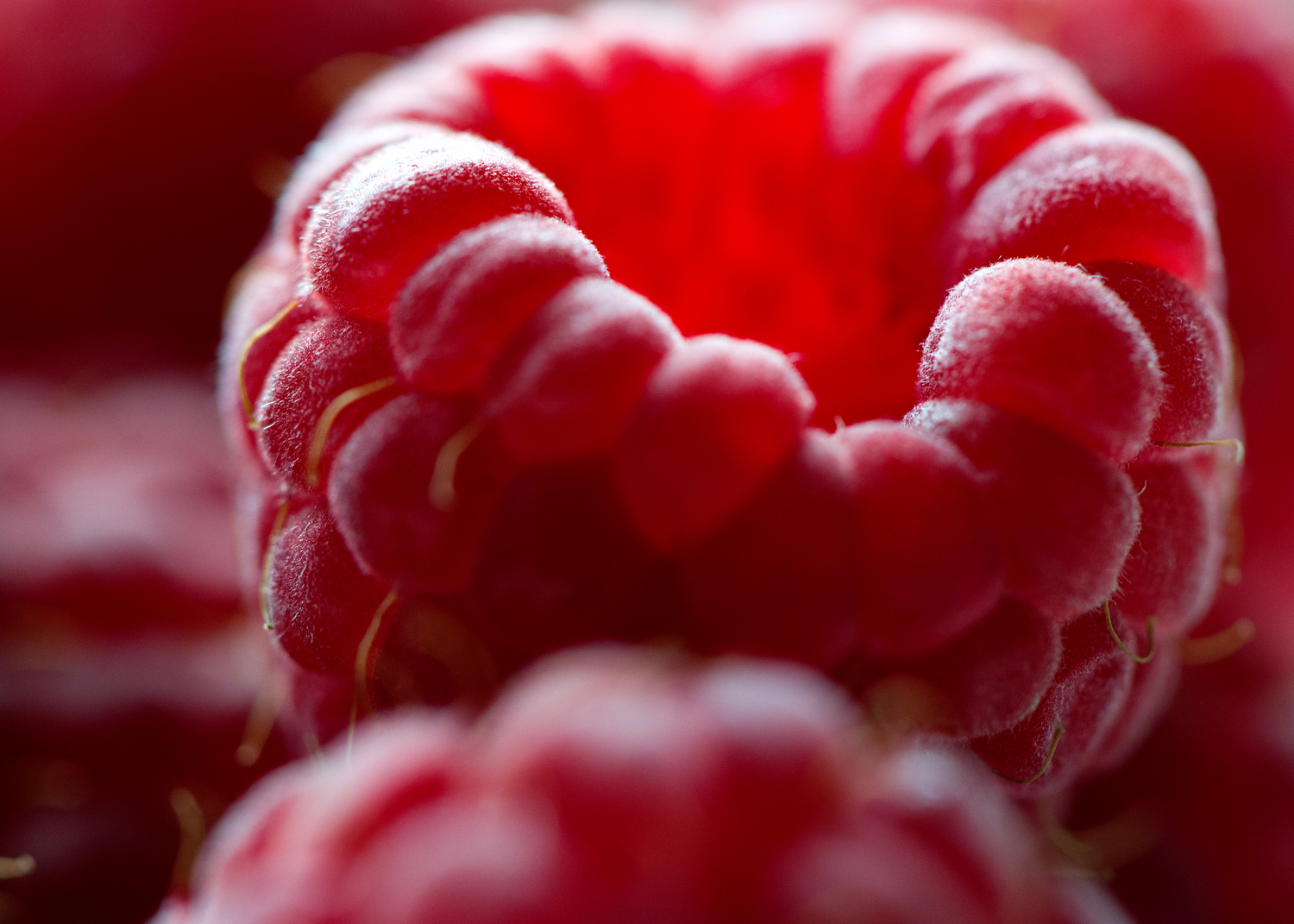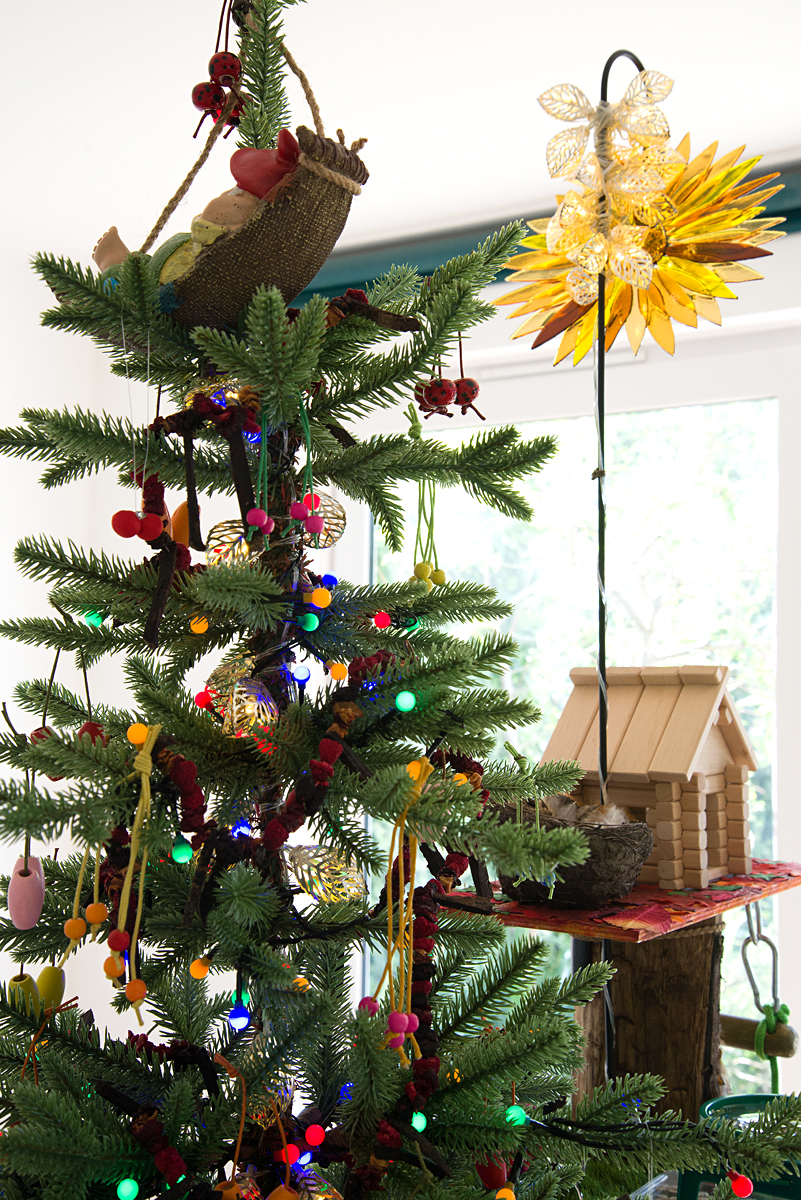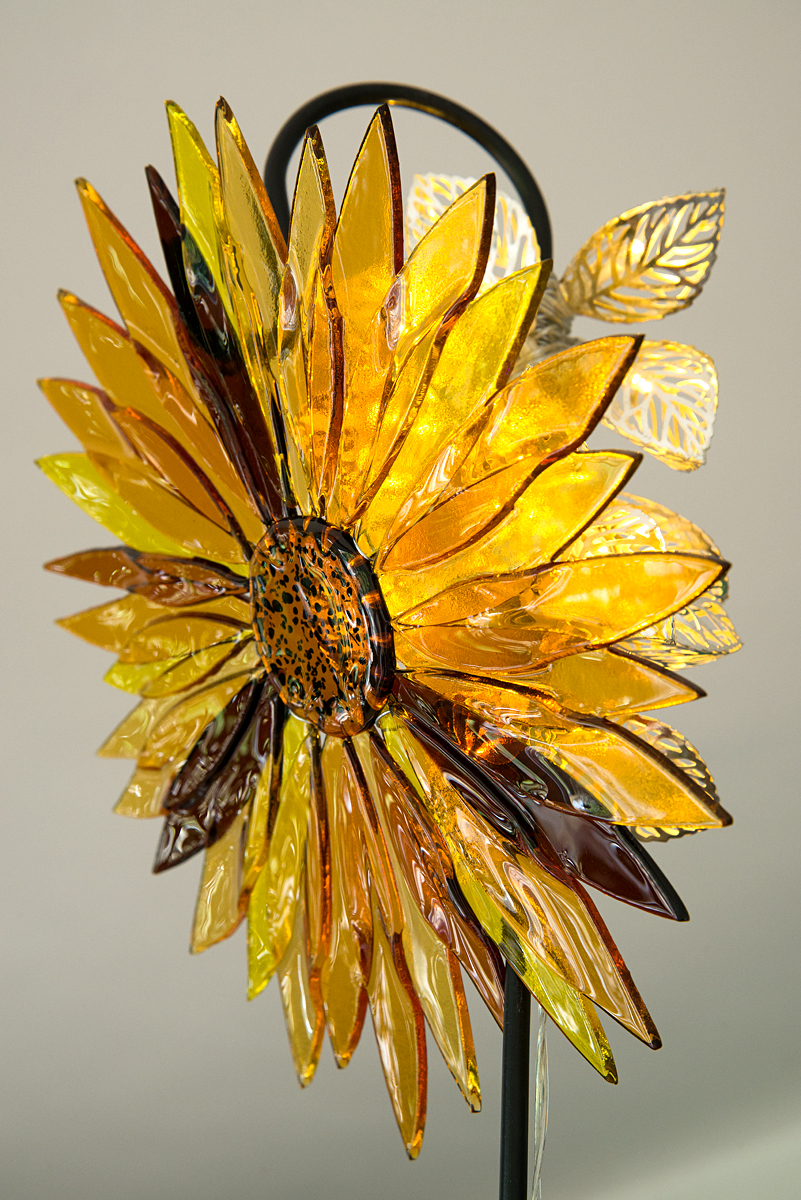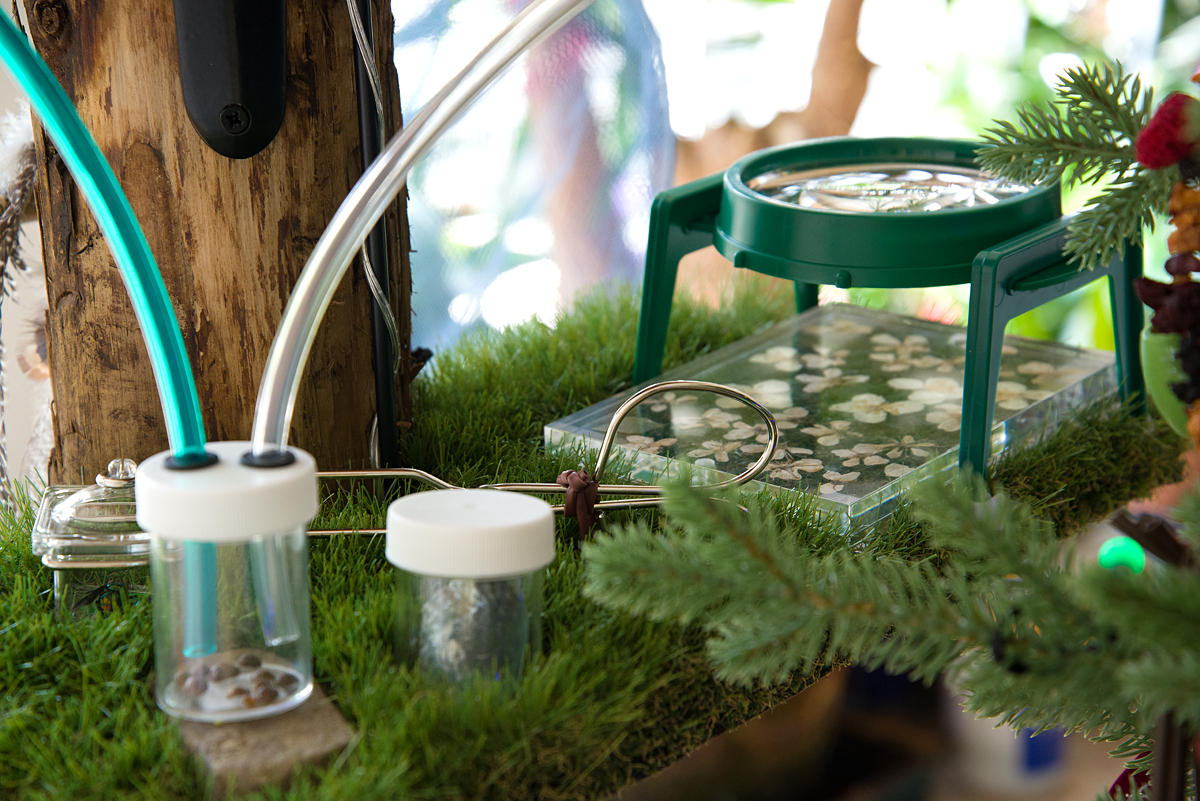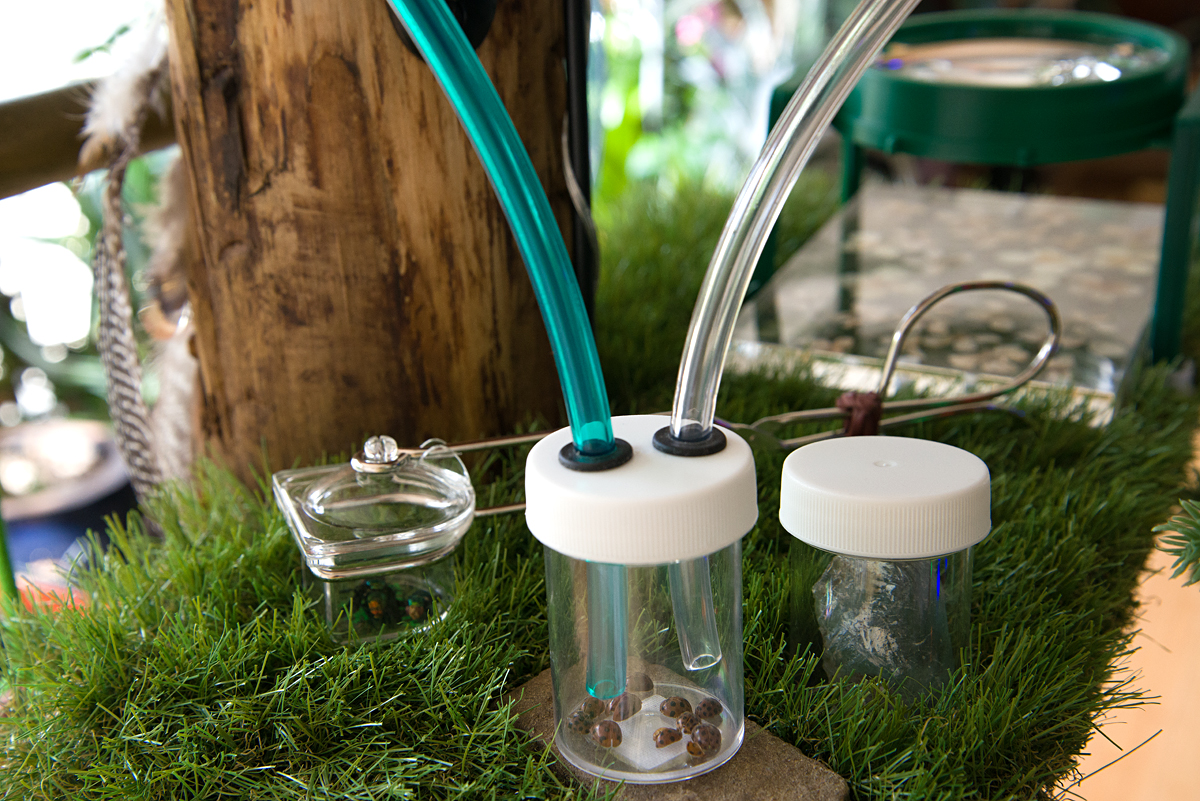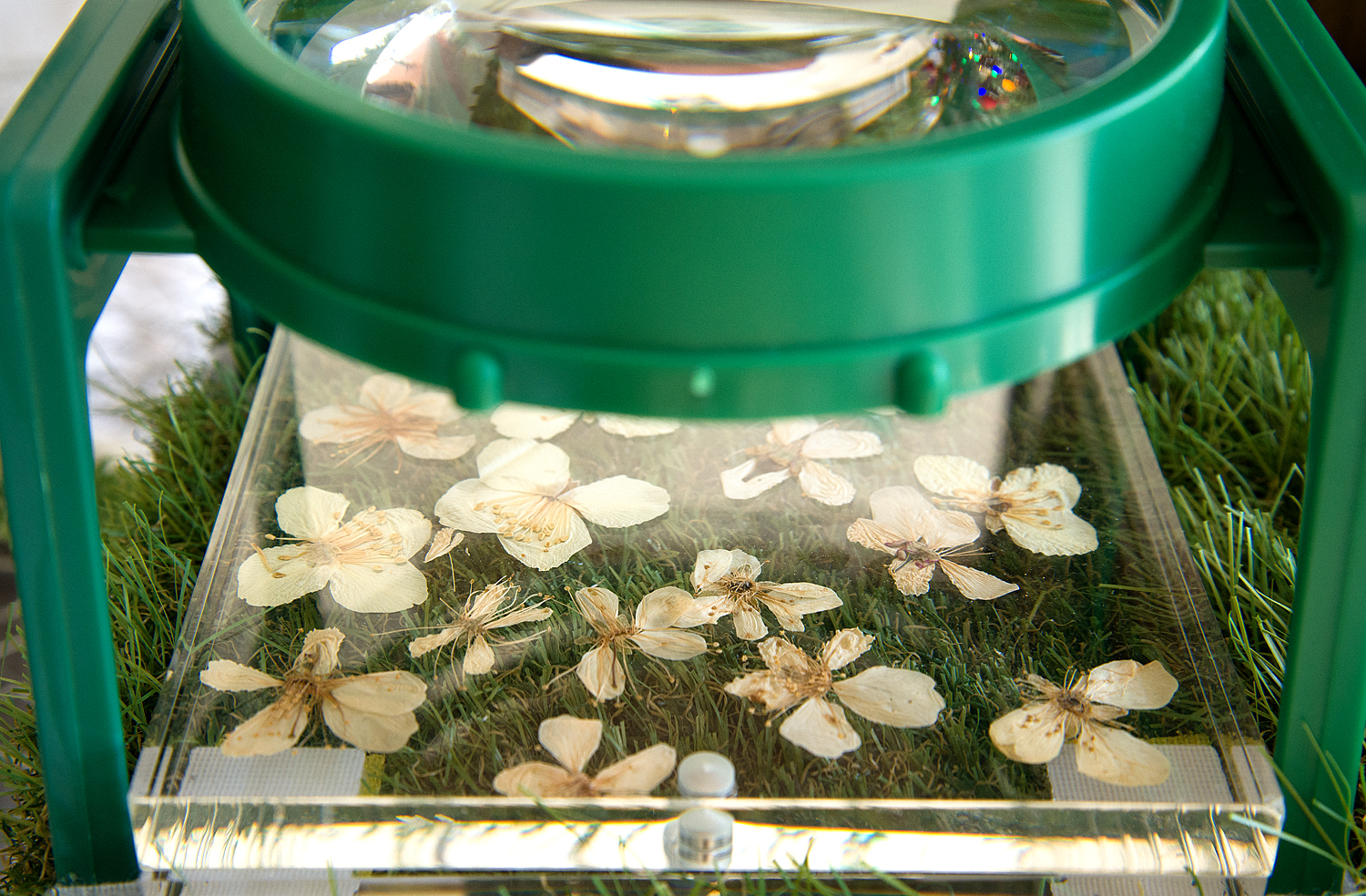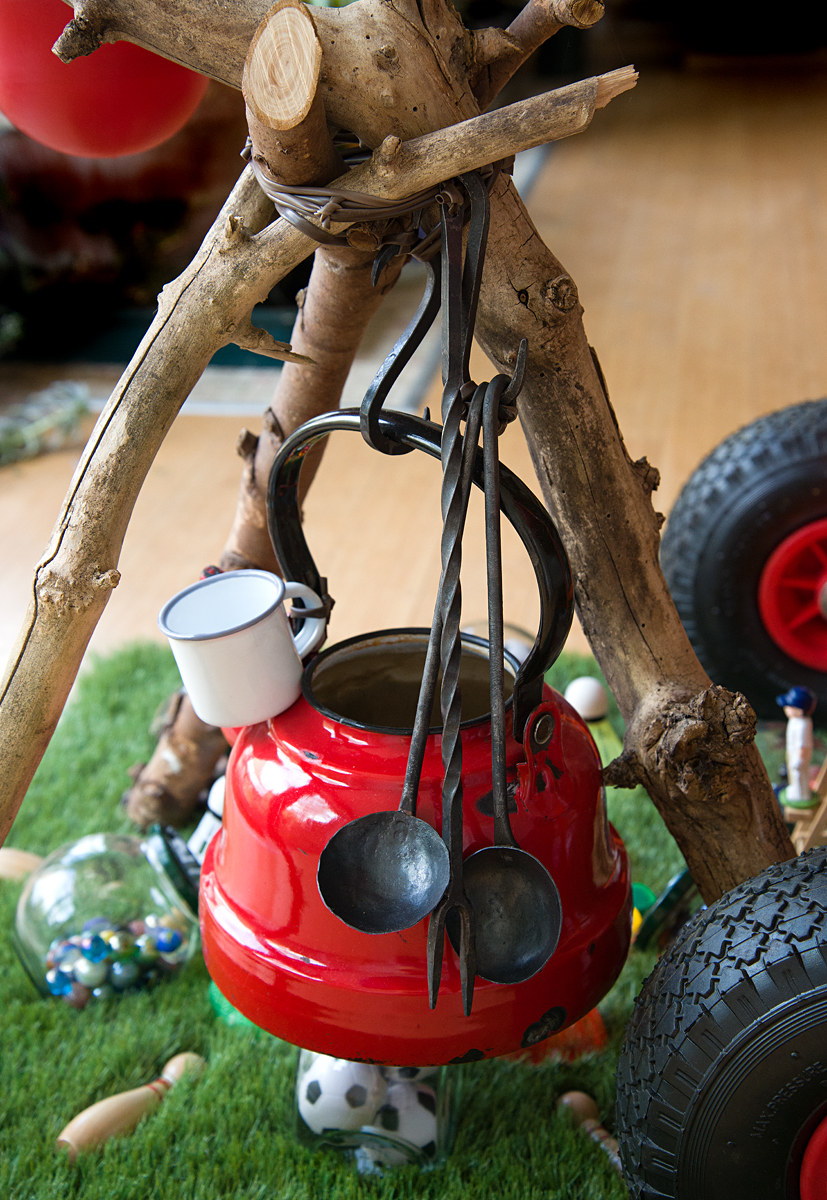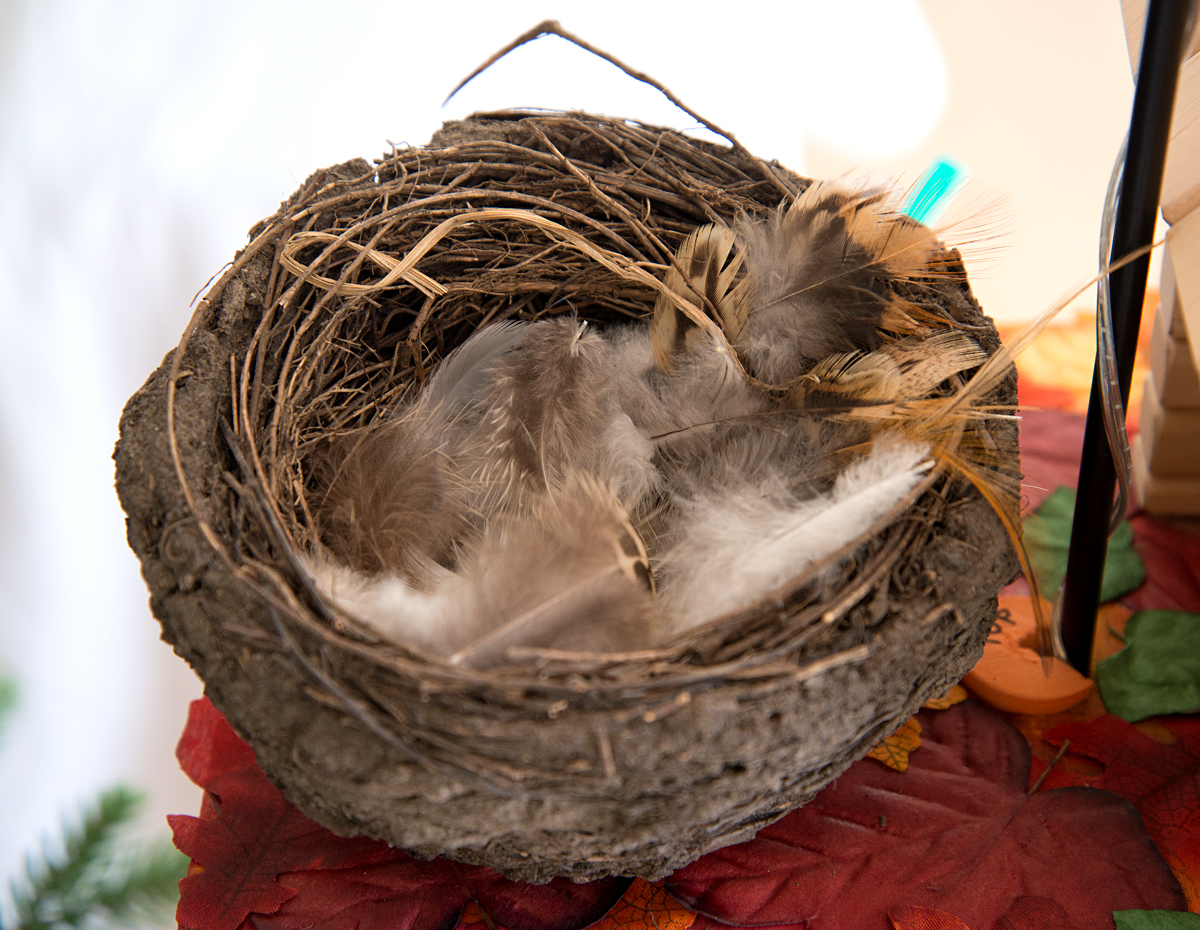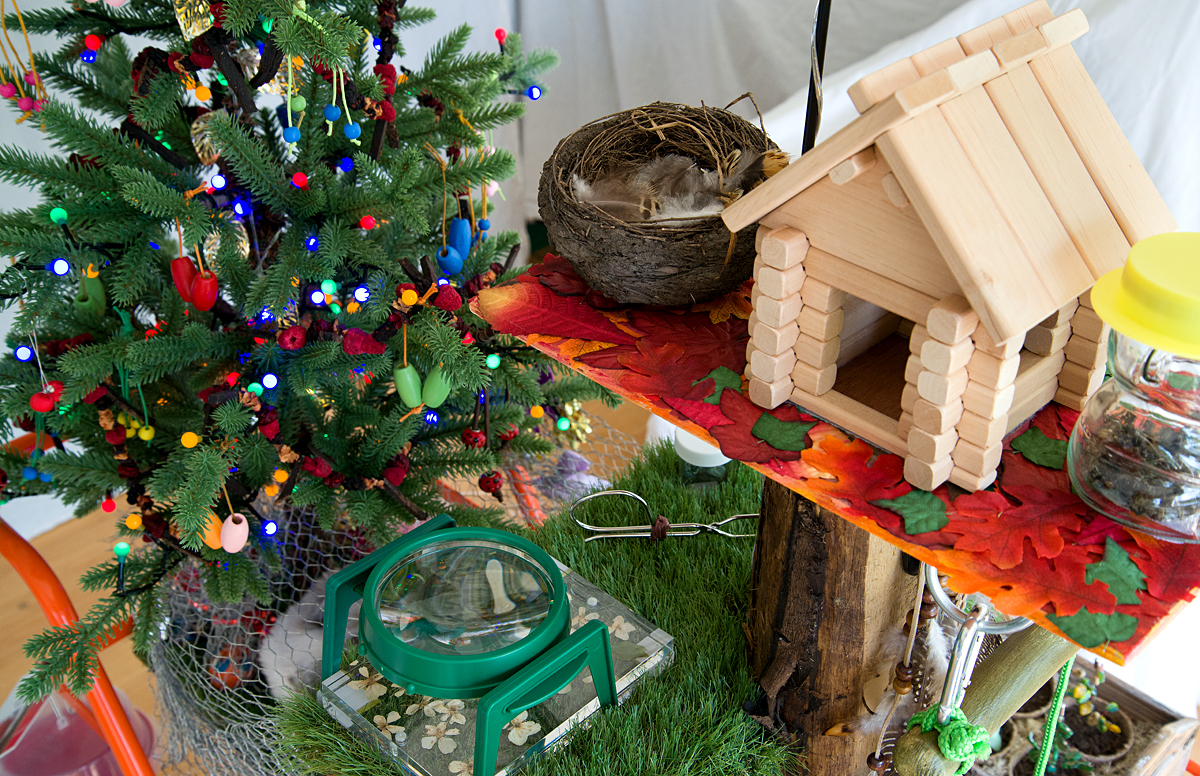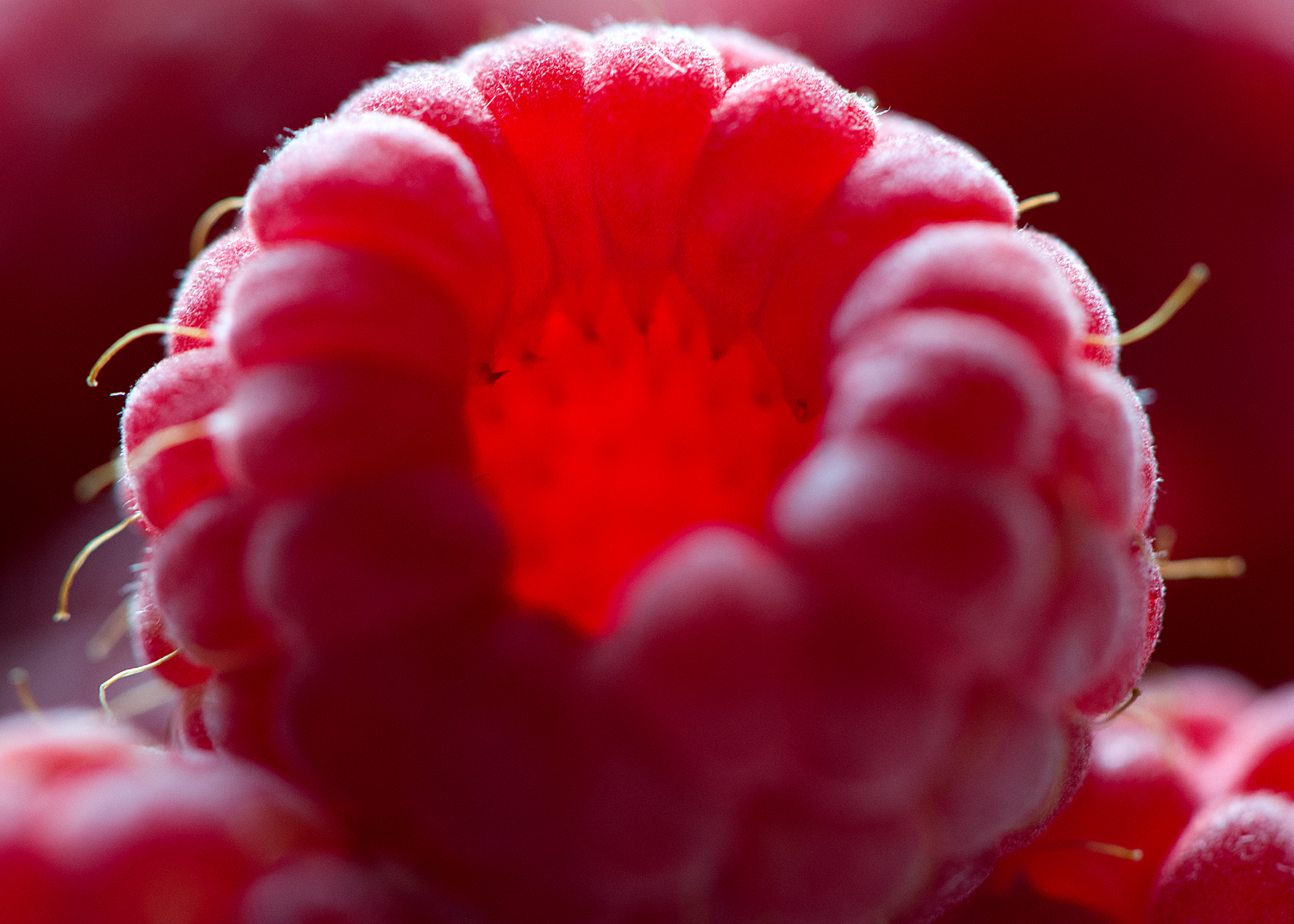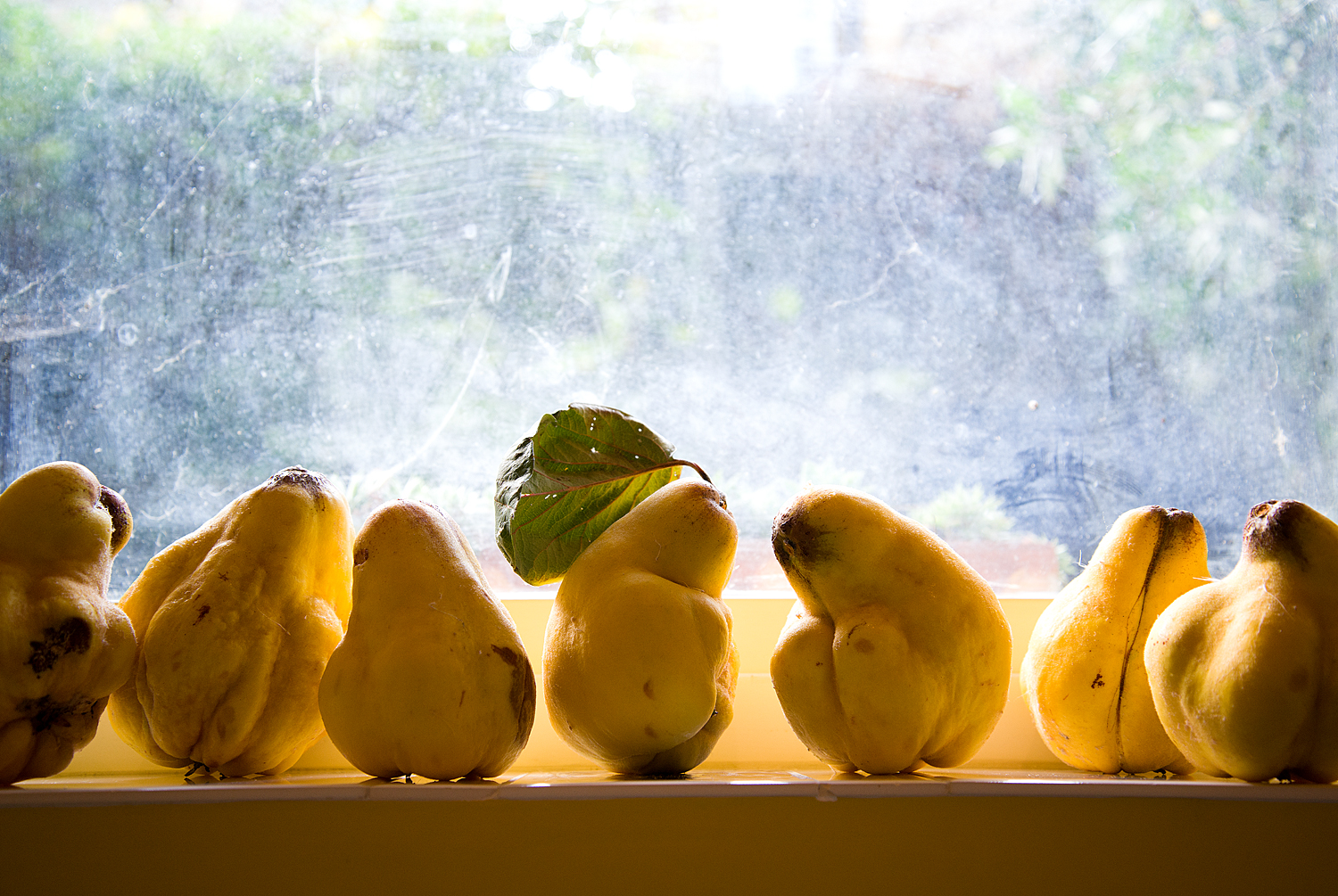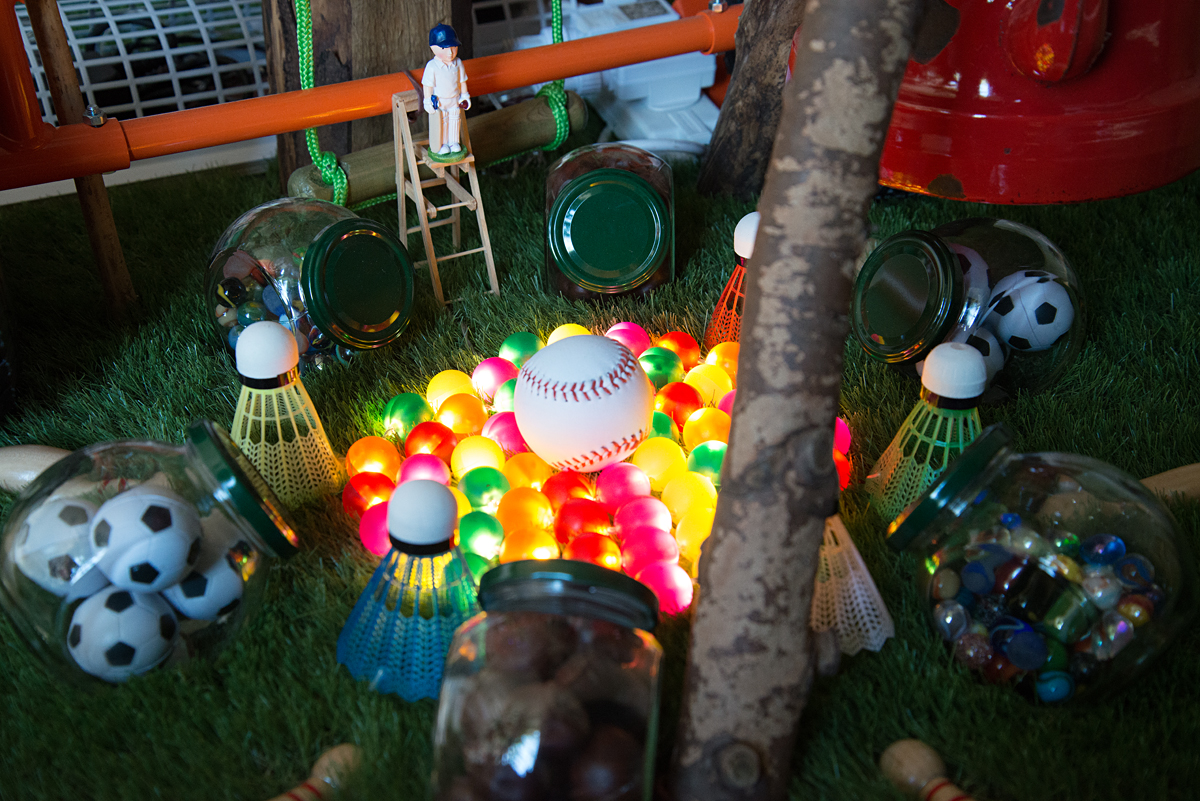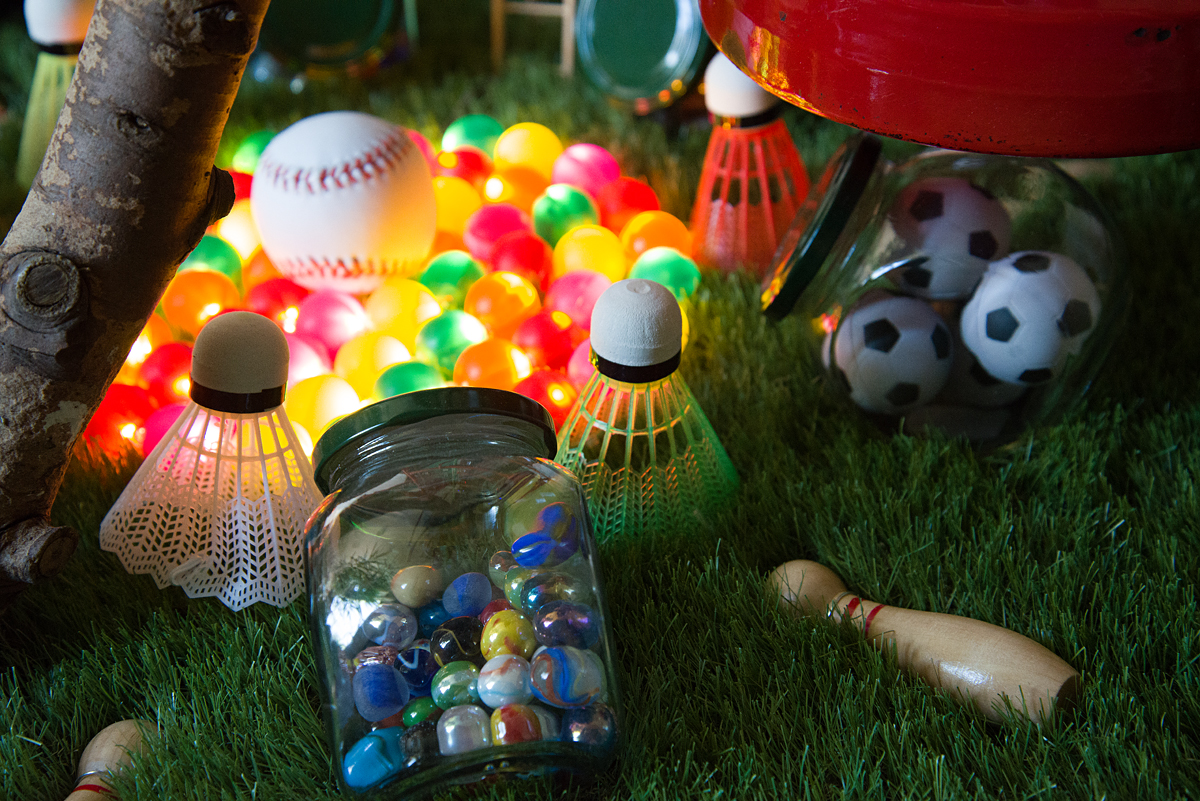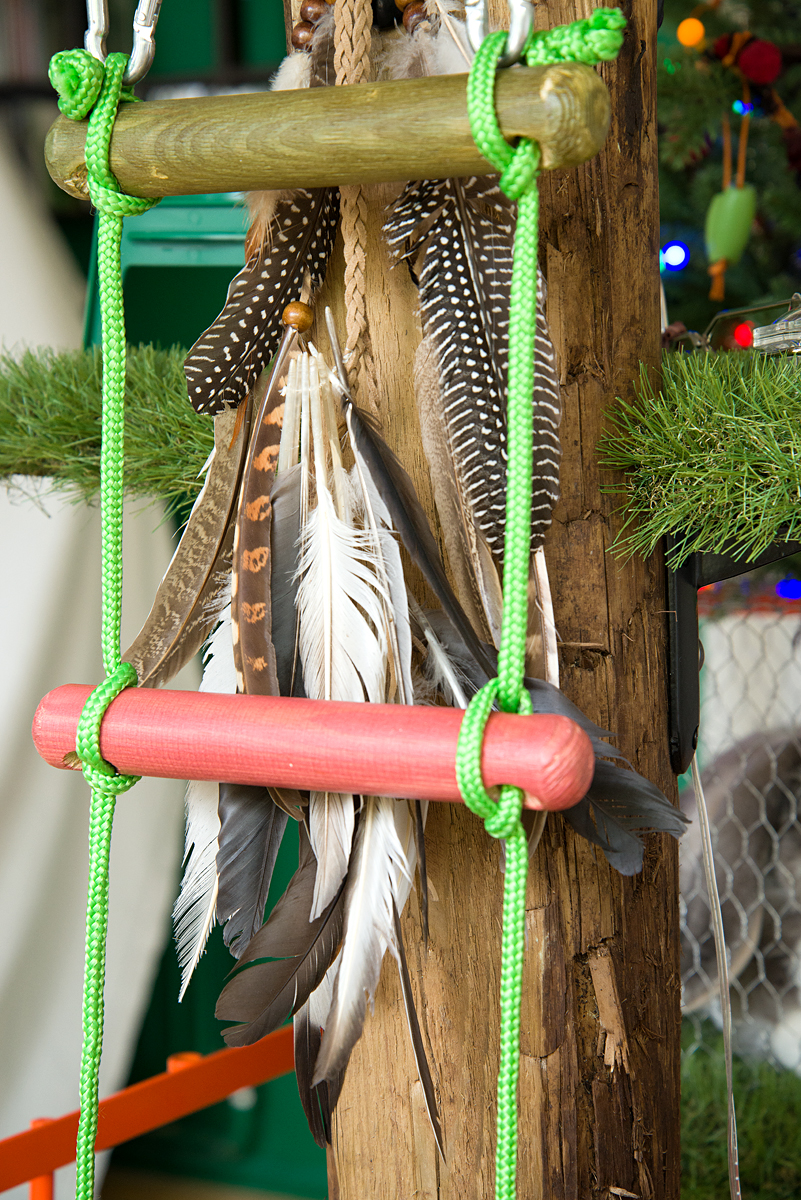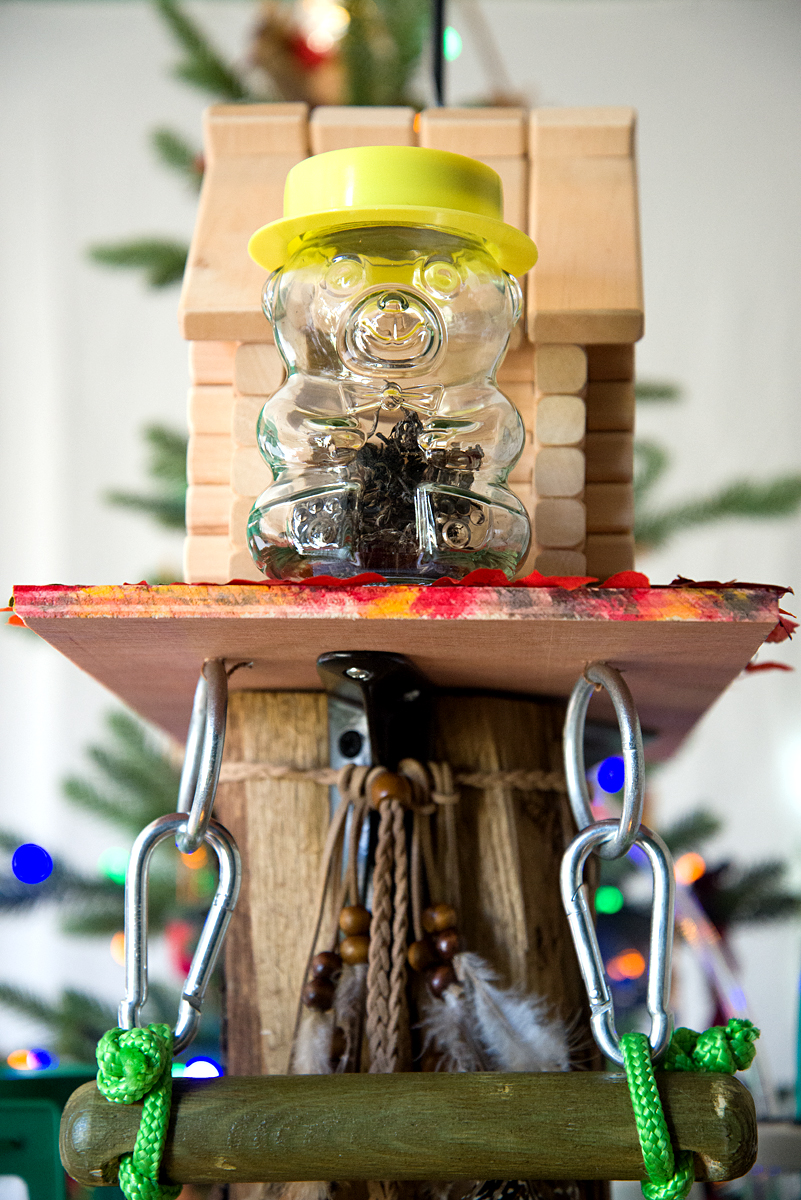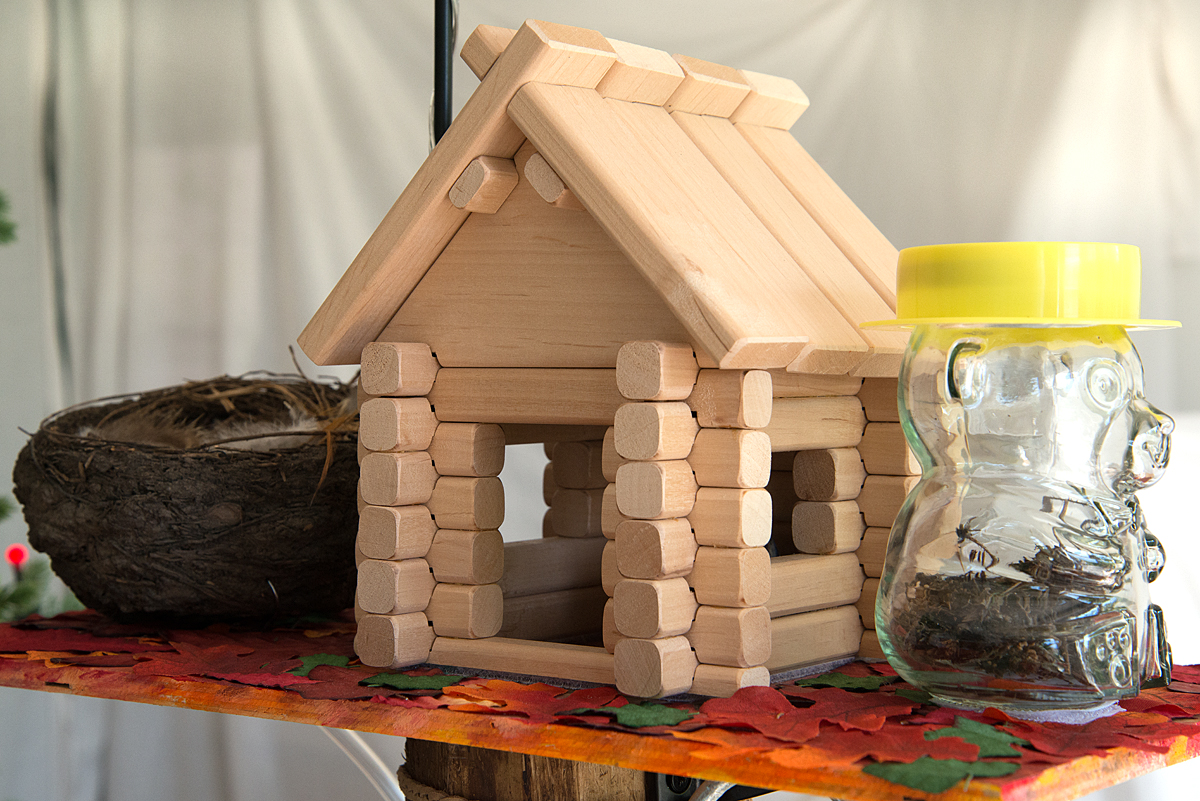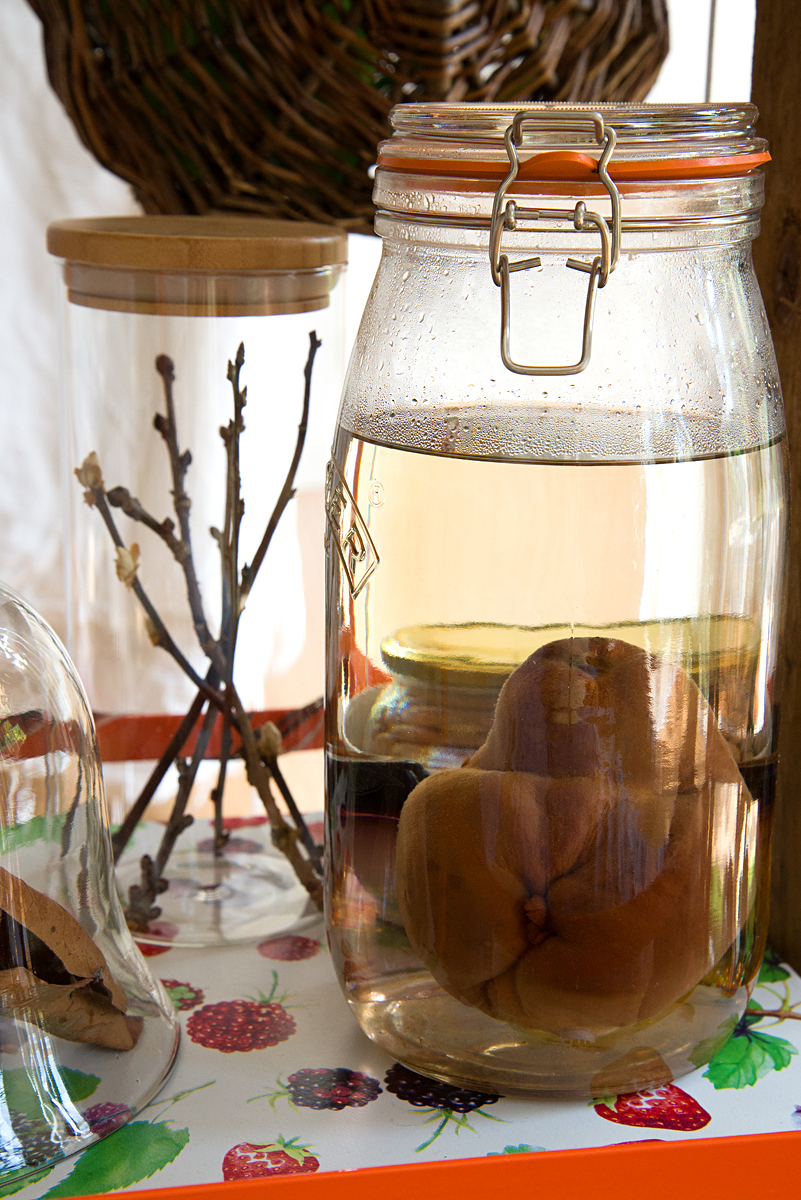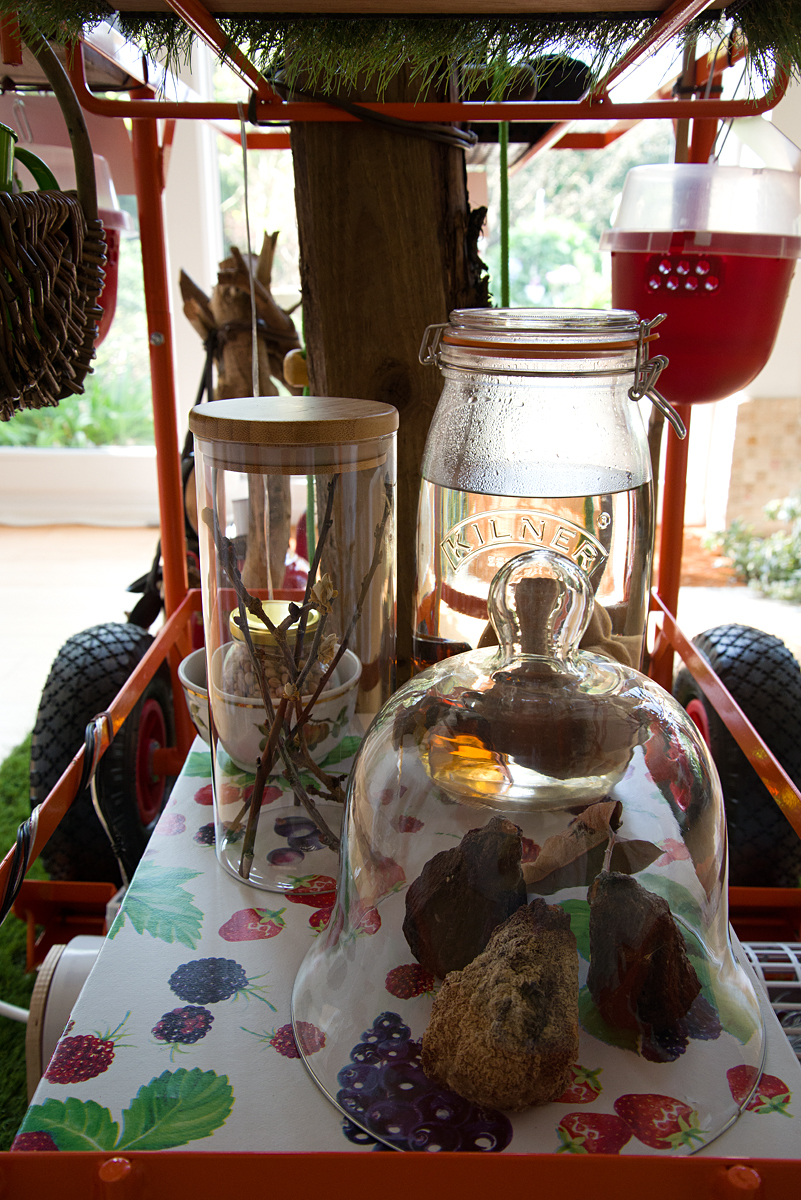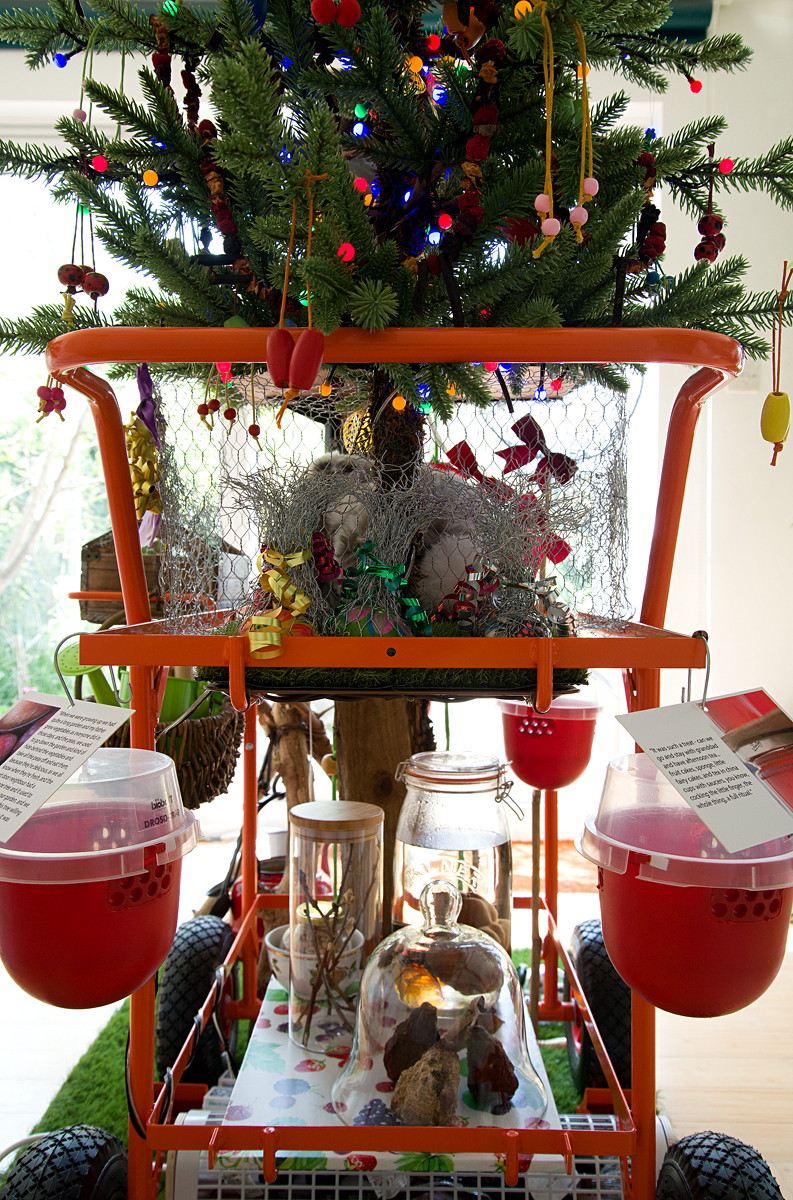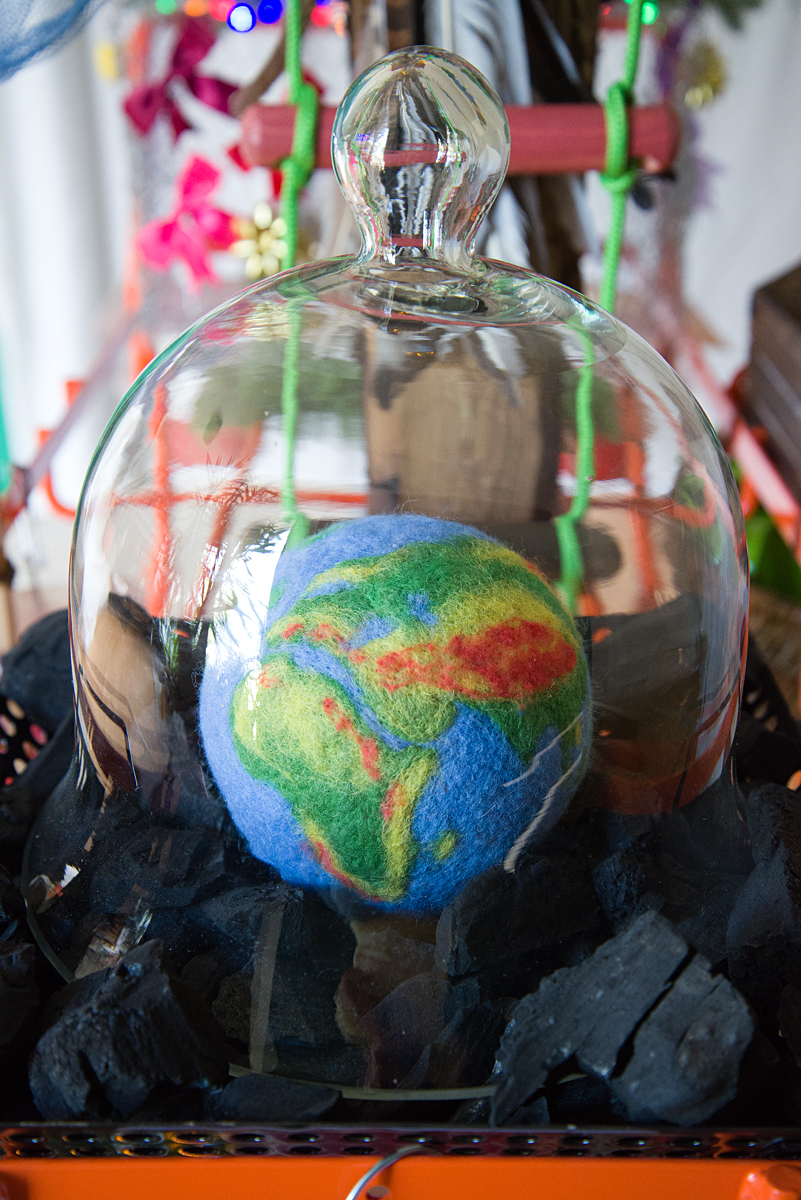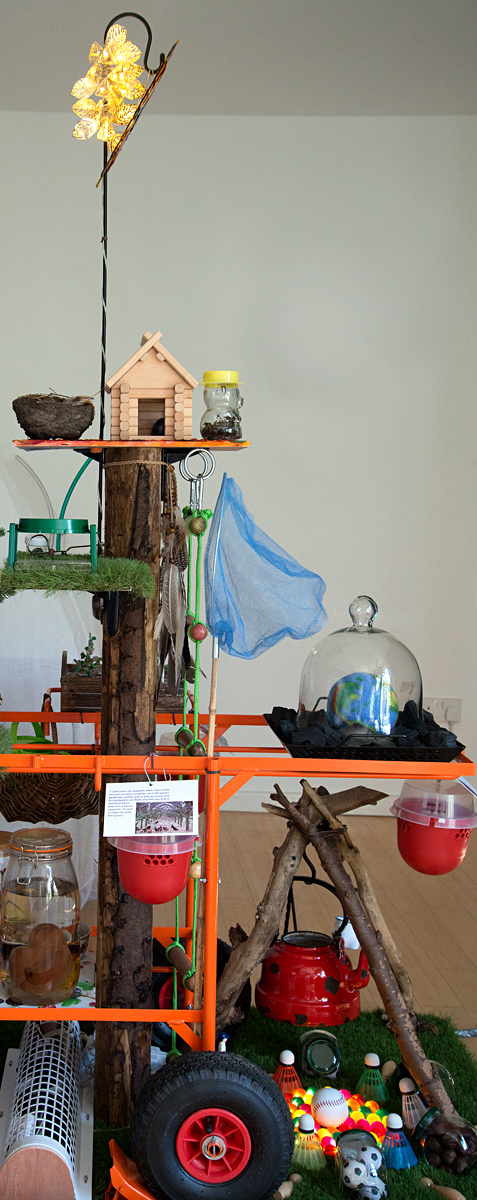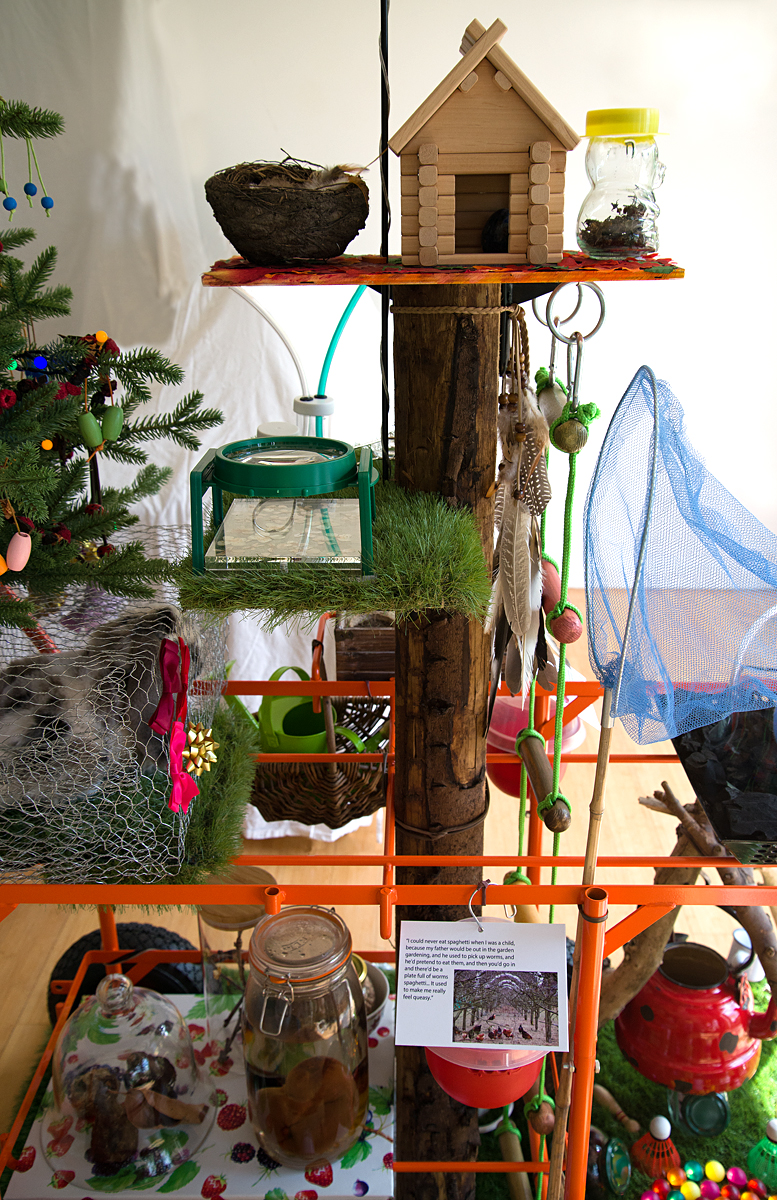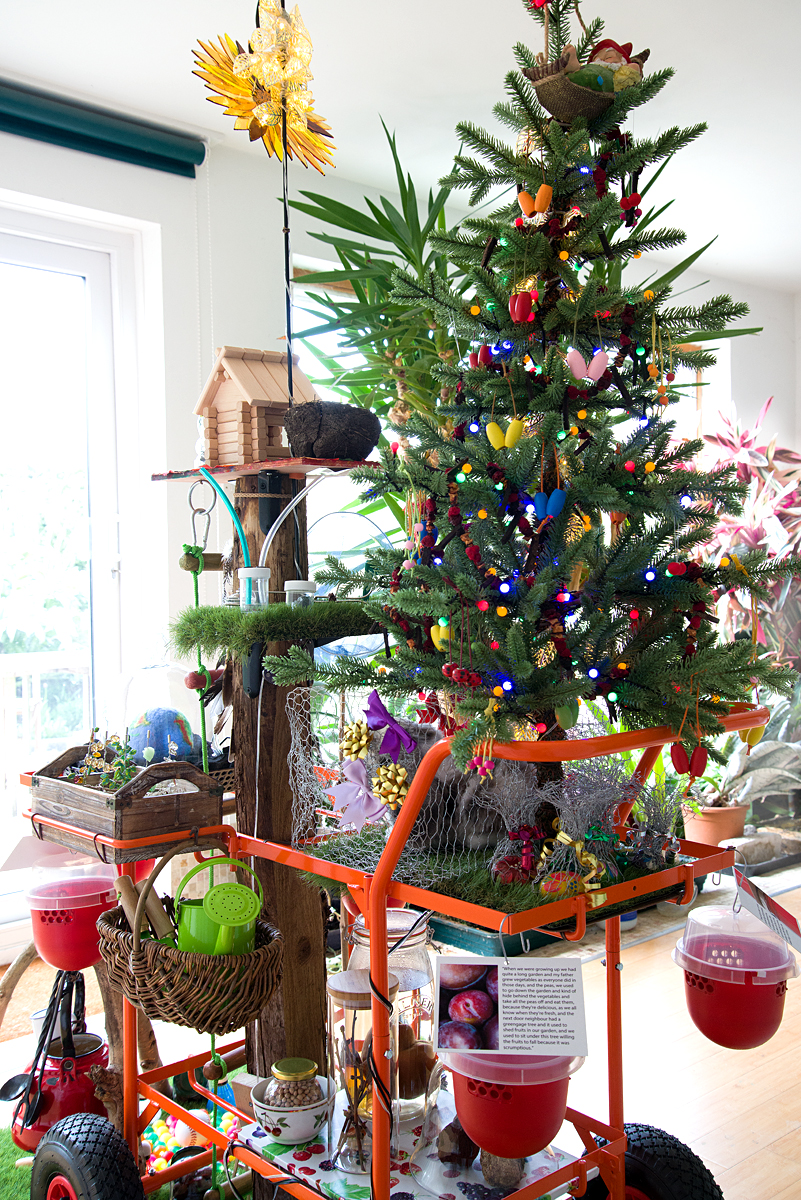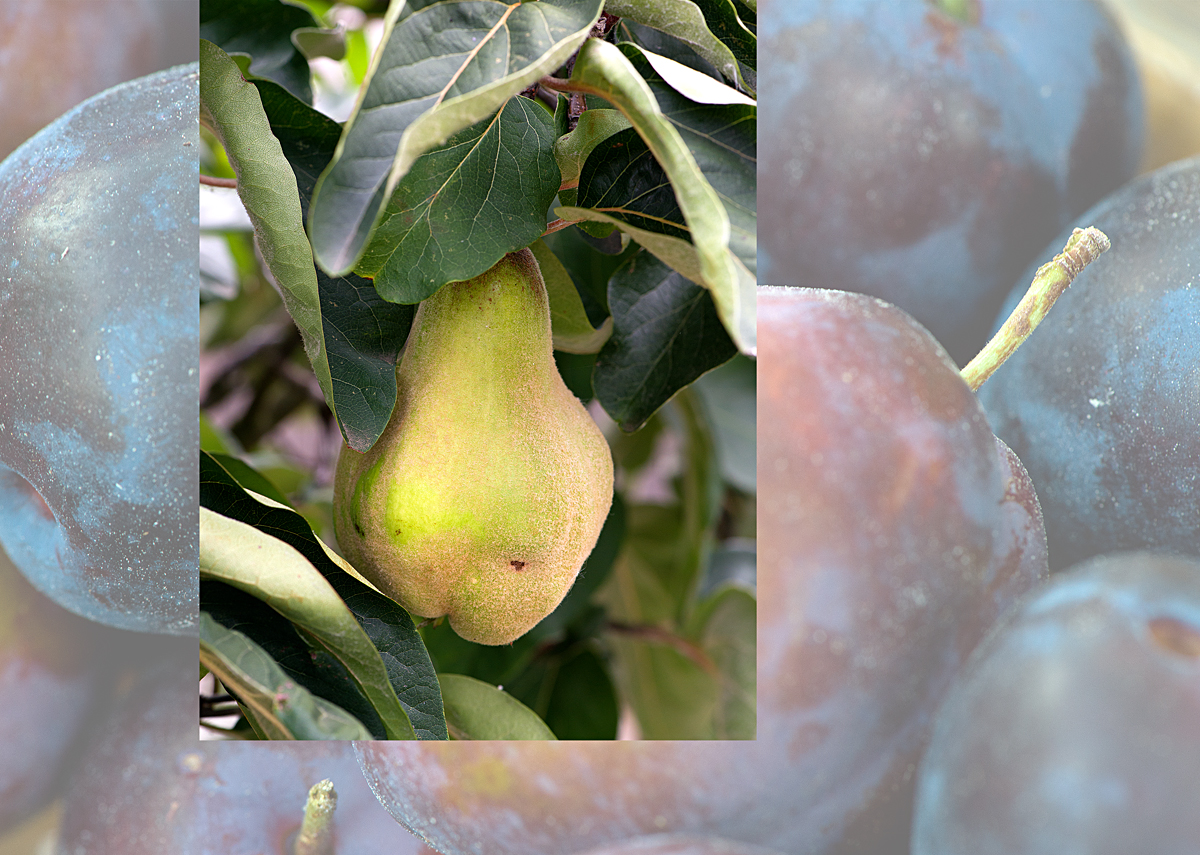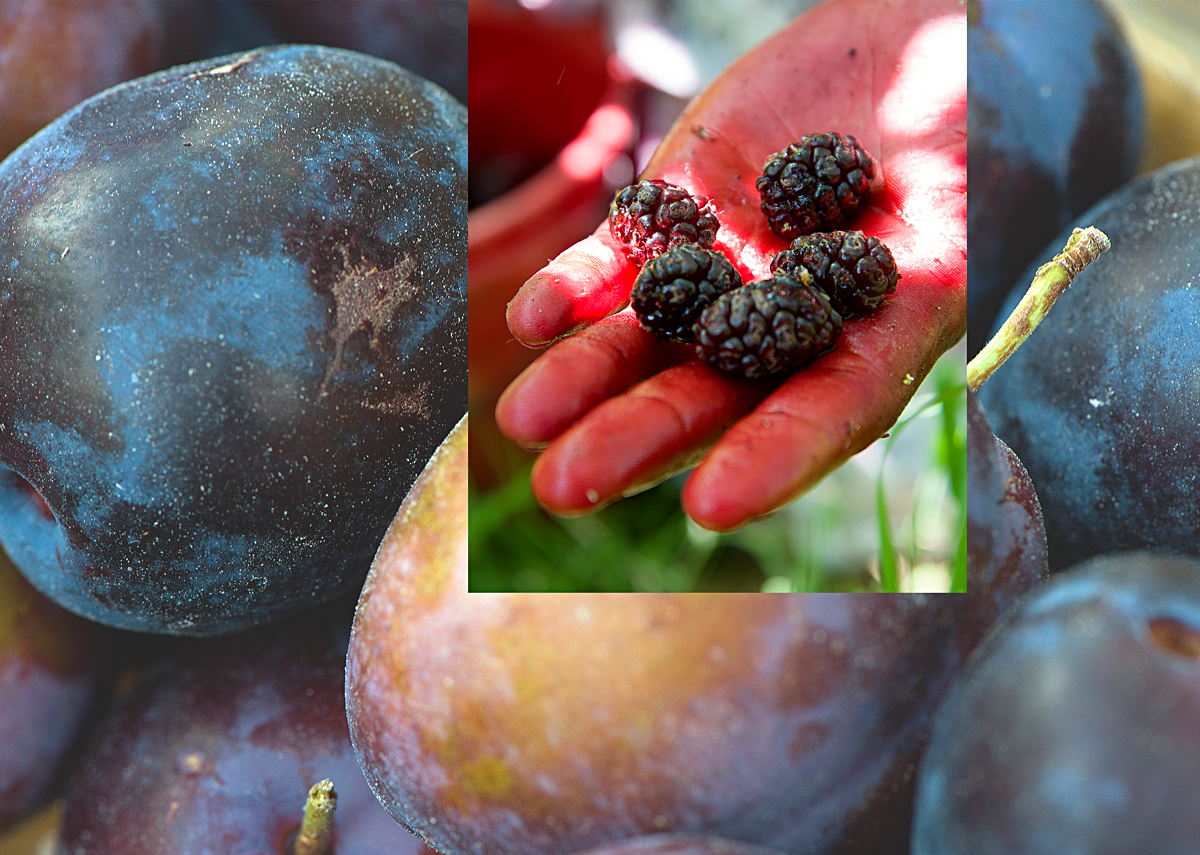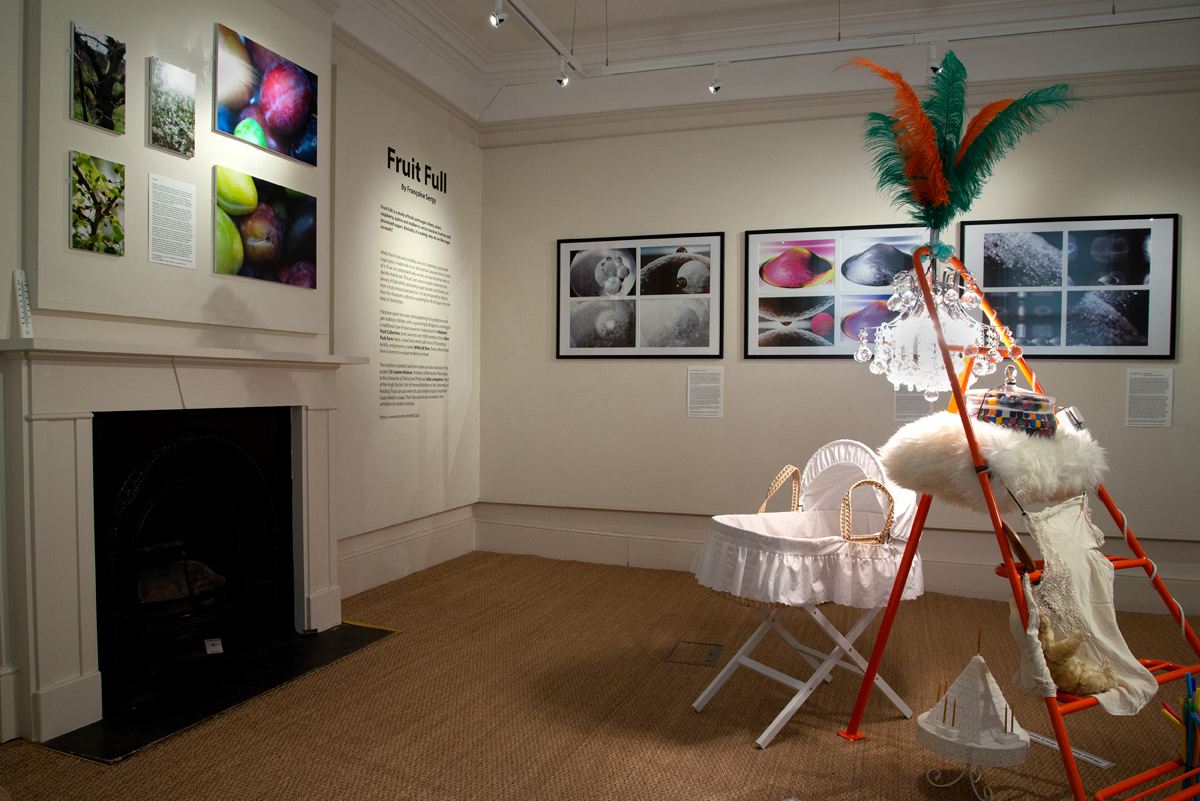fruit memories
We all have childhood memories associated with fruits, probably mostly good memories but some not so good too. I am in my sixties, so my memories are starting to feel like those of old times but I hope that fruits will carry on being a part of how we remember childhood. They are too precious to lose their place amongst the experiences shaping our relationship with the world.
I can remember raspberry jam cooking in huge pans in the kitchen and being asked to watch out and go in the garden to warn my mother before the jam was boiling, which of course it did, and then boiled over, all over the stove, spreading sticky pink goo everywhere. But forget the rest, the aroma of cooking raspberry jam... irreplaceable.
I can remember the smell of oranges at Christmas, wafting from the heat of the candles lighting the tree. Oranges were only for Christmas then. Well, for the winter anyway. I can remember the gooseberry bushes in the garden, loving the almost transparent fruits, slightly rough on the fingers. And when a neighbour offered us some raspberries (again!) from her garden, well they were the best raspberries I have ever eaten, ever!
why fruits?
Apparently, we often say that fruits tasted so much better in our childhood and we keep looking to find the same perfect fruit, always ending up disappointed. It could be that our young taste buds are primed for the particular combination of sweetness and tartness that fruits offer. Or it could be that one can never forget the pleasure of discovering a new taste for the first time.
And then, fruits are all about touch. Their shape, their skin, their softness or firmness, waiting to be squeezed and for the juice to stain the fingers before it reaches the mouth, or to take large chunks and fill our cheeks with huge bites. And then sucking the juice before it dribbles onto the chin and we get told off for being naughty. The fruits picked from neighbours gardens are always the best, particularly when we shouldn’t go there. Or when we climb high up in the tree to reach that glistening apple, perfectly round and red, tempting us, out of reach.
I remember being on a cycling holiday in southern France a long time ago and coming across people picking cherries in a big orchard. We asked if we could have some and they said to go to those trees over there and have as many as we wanted, they were too ripe for market they said, and we did, filling our mouth with gorgeous juicy cherries, so much so that one of us got sick afterwards. If you want to know, it wasn’t me.
about the installation
Fruit Talk is made using real objects which in my mind are all associated with childhood memories of fruits, gardens, nature and our relationship with grand-parents and other people as children.
The installation includes quotes about childhood memories from the focus group discussions which took place at the University of Reading as part of the project. You can also listen to a recording of their conversation below.
Fruit Talk is the sister work of another installation, The Sugar Spell, which explores some of the states of mind we experience when eating sugar and what makes it so attractive to us.
